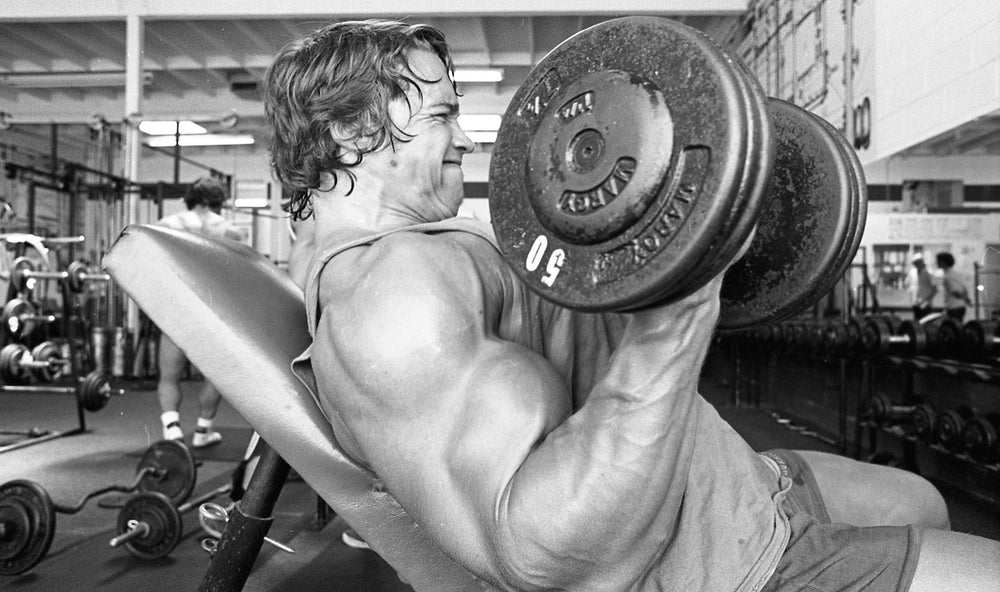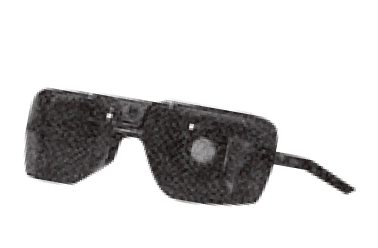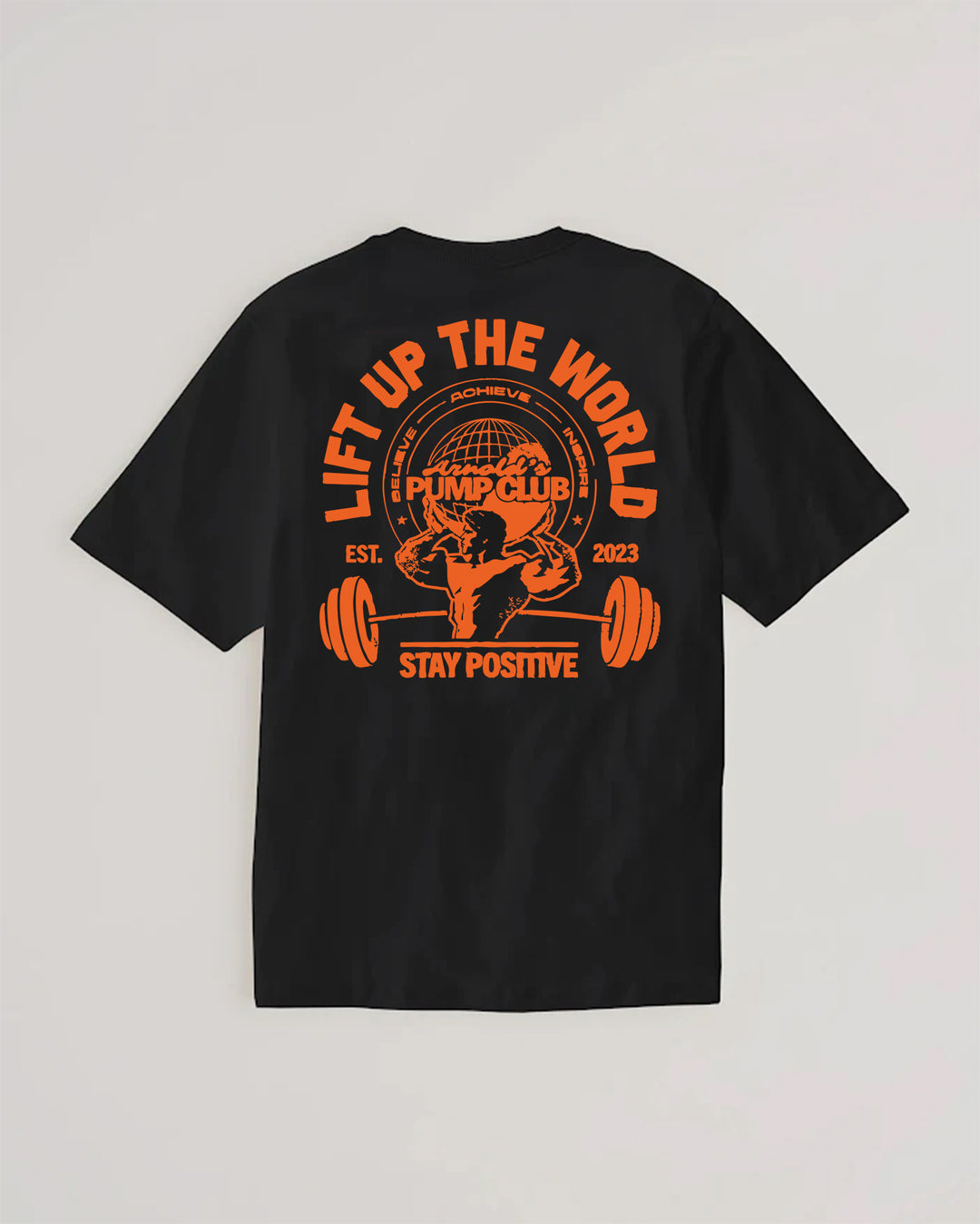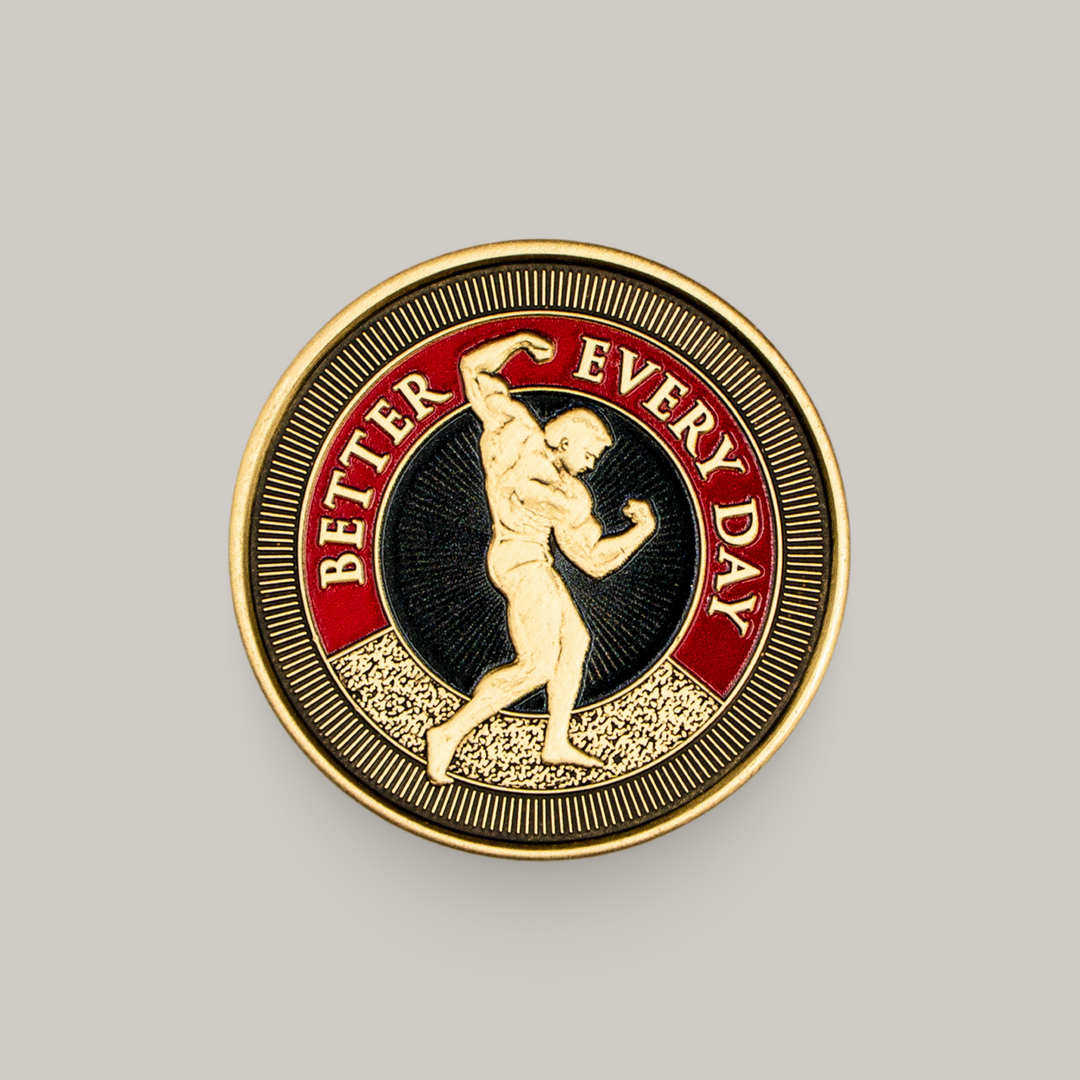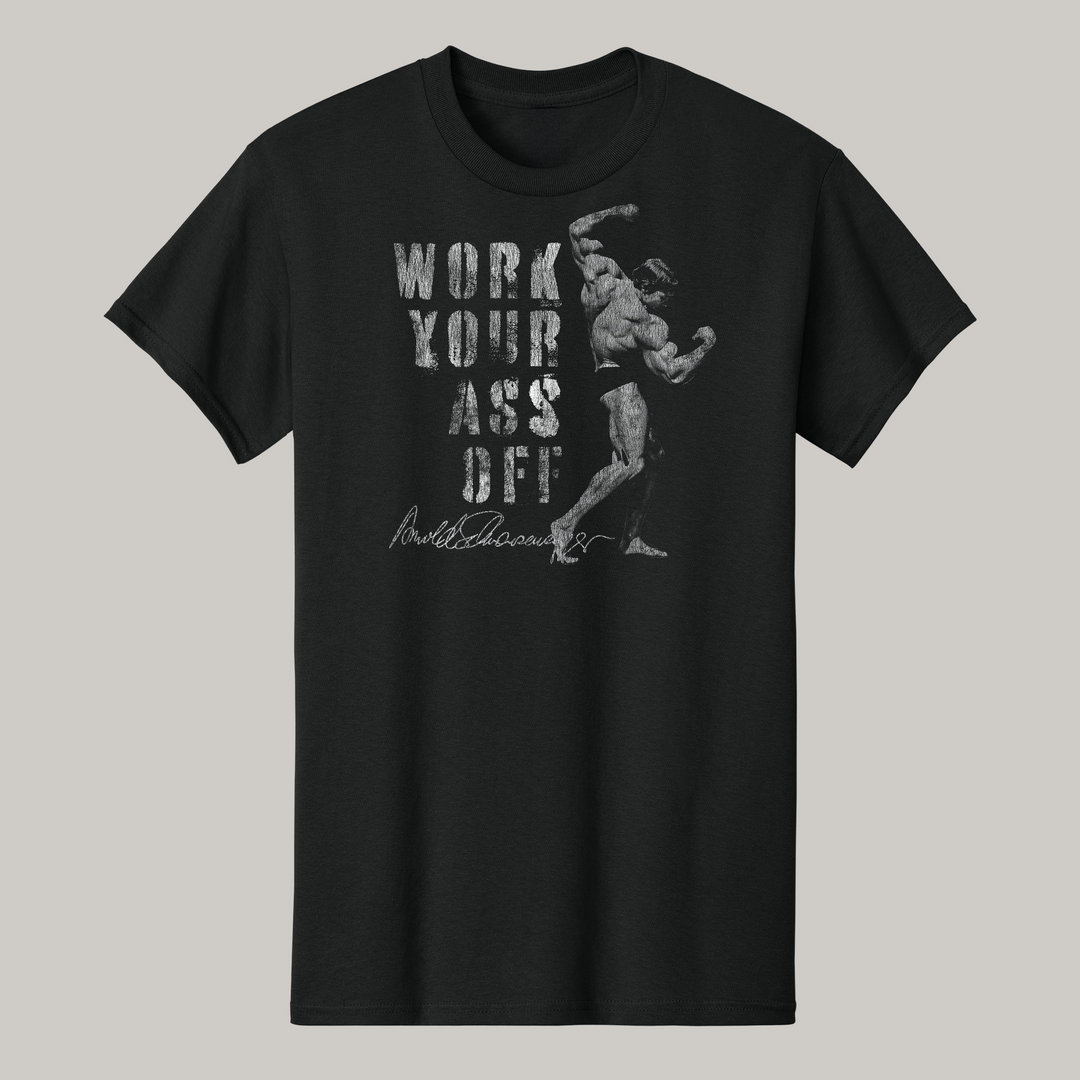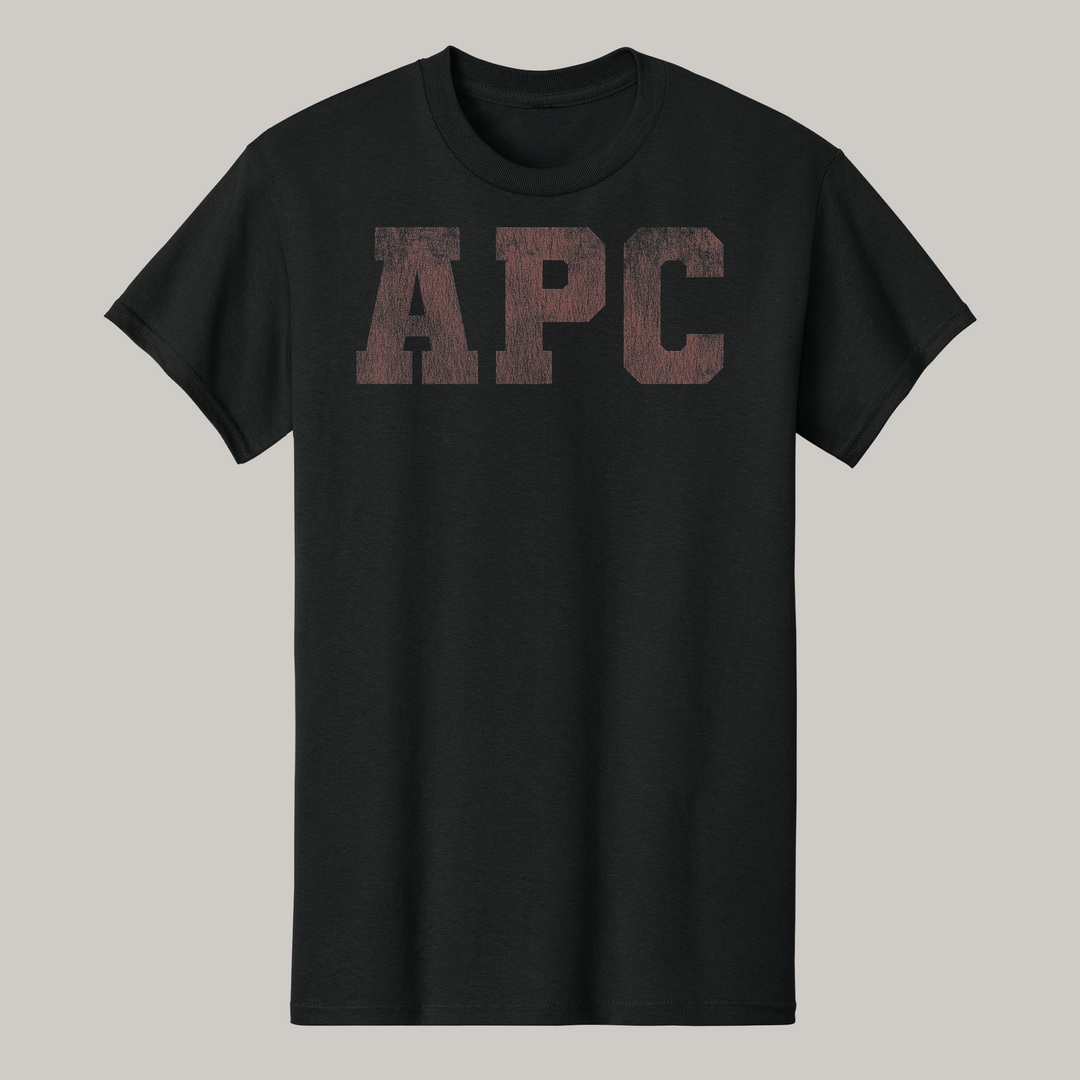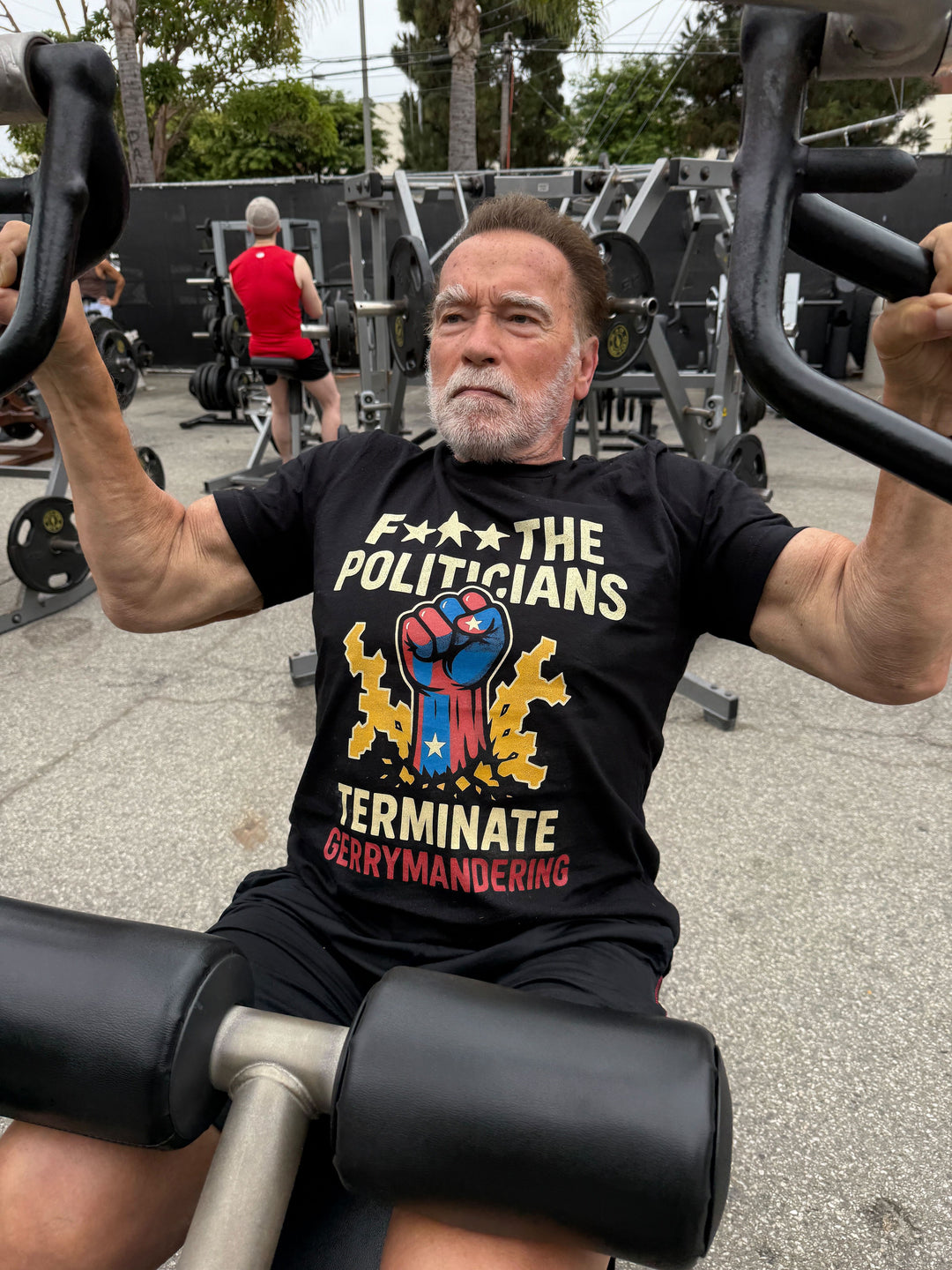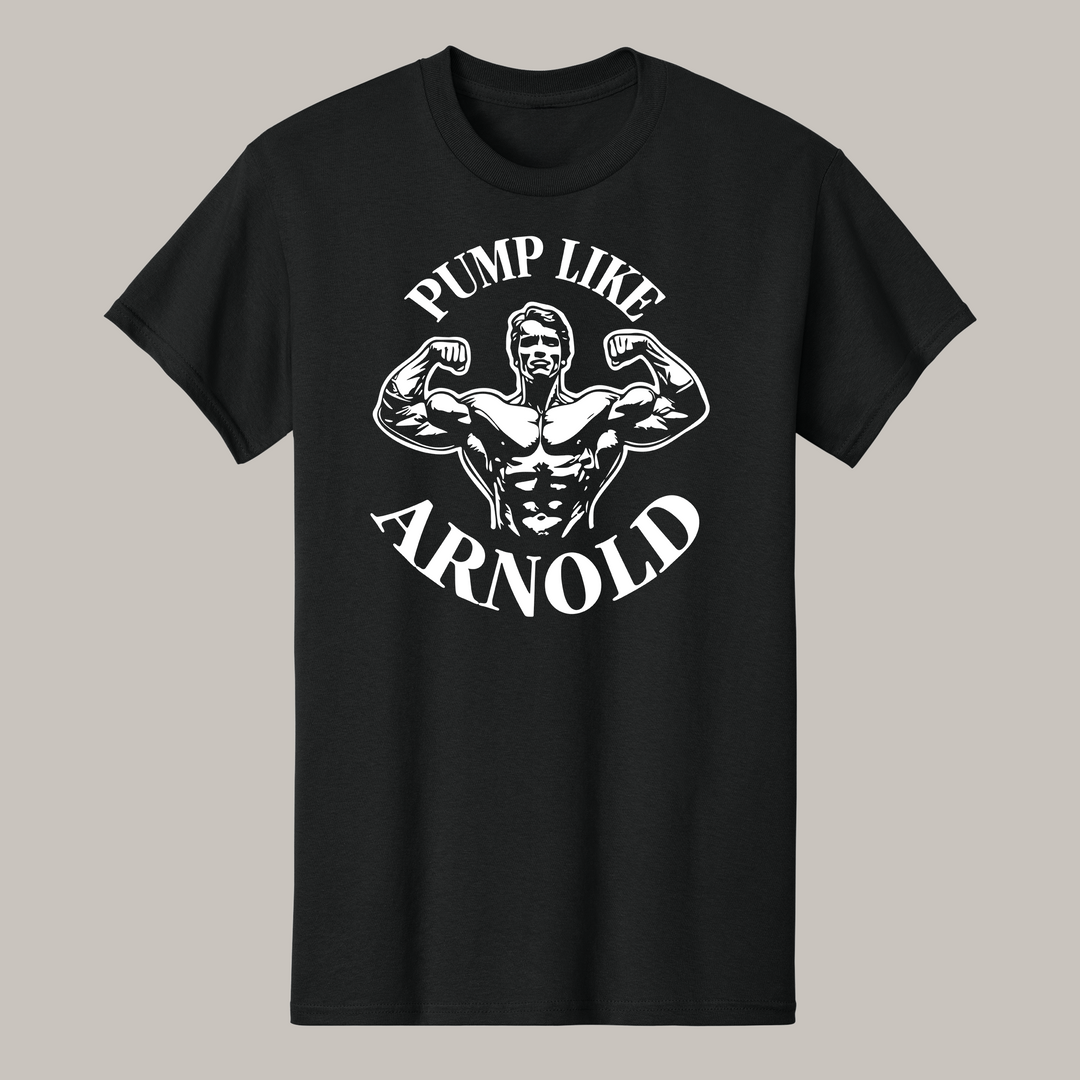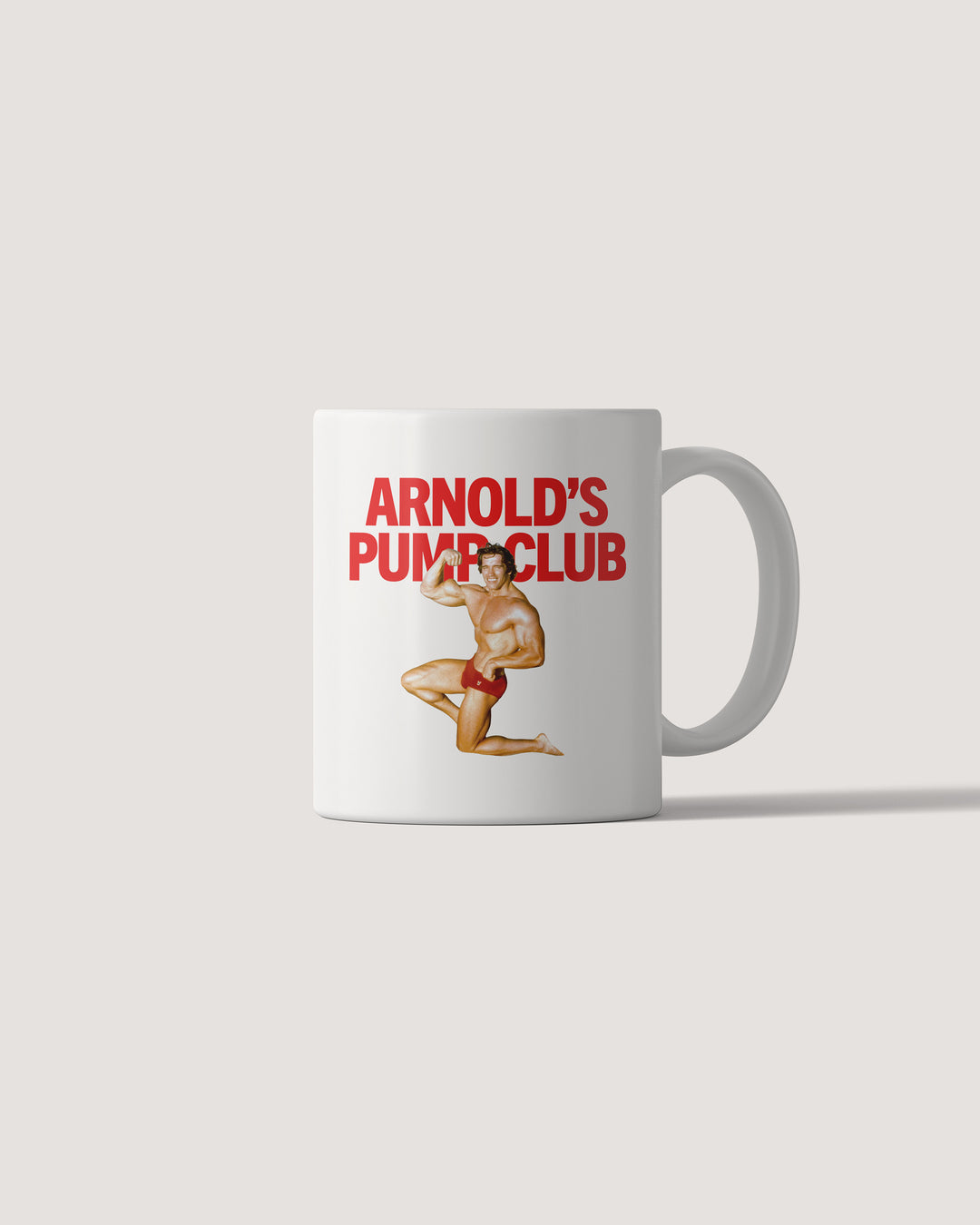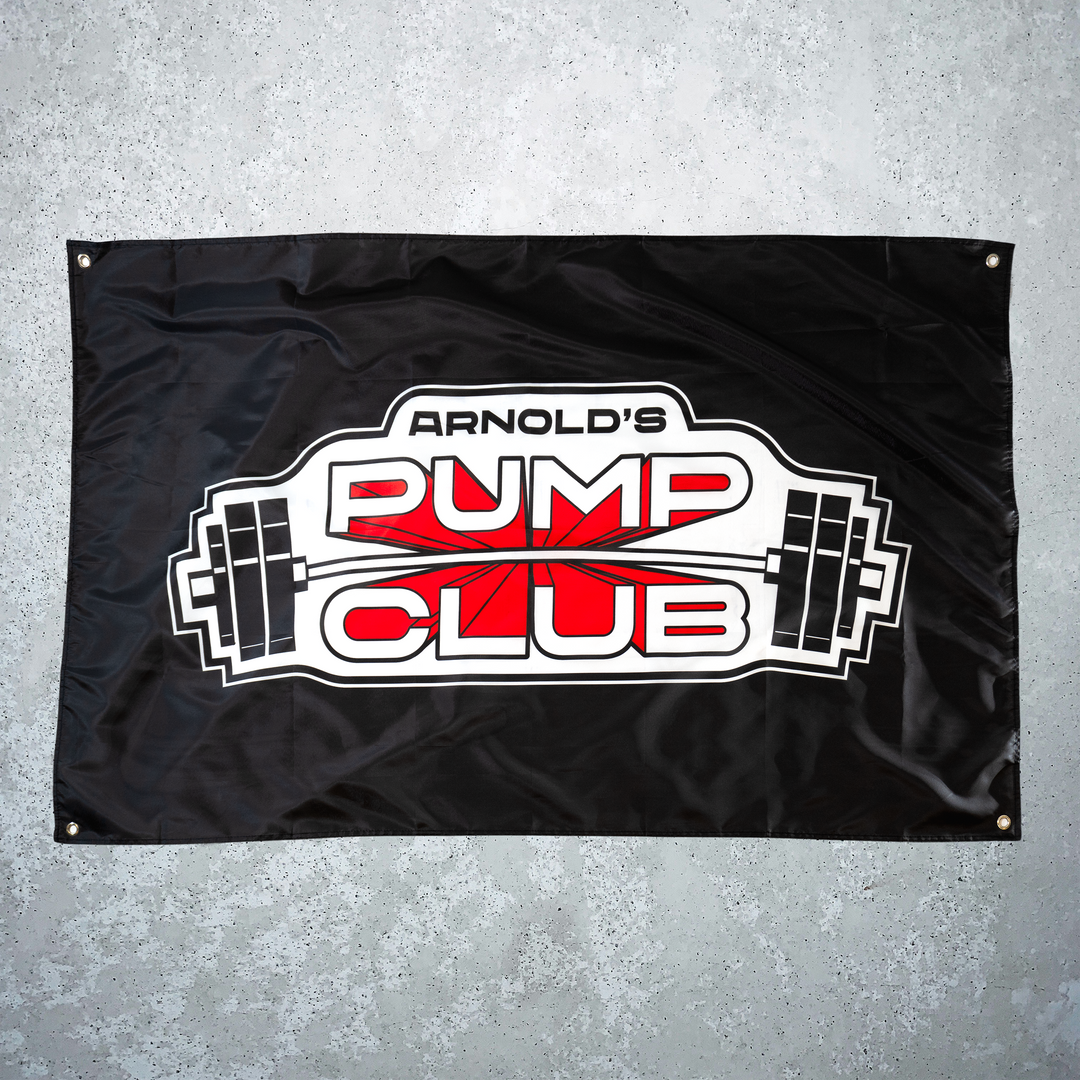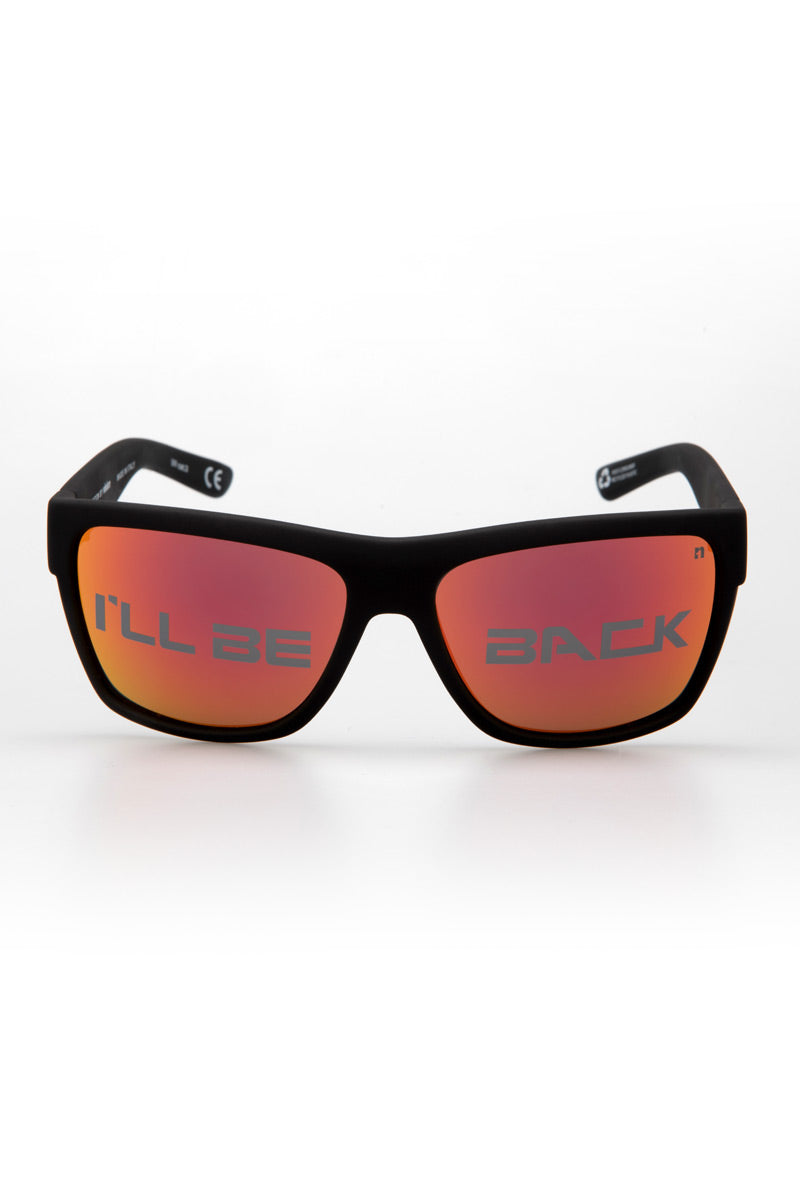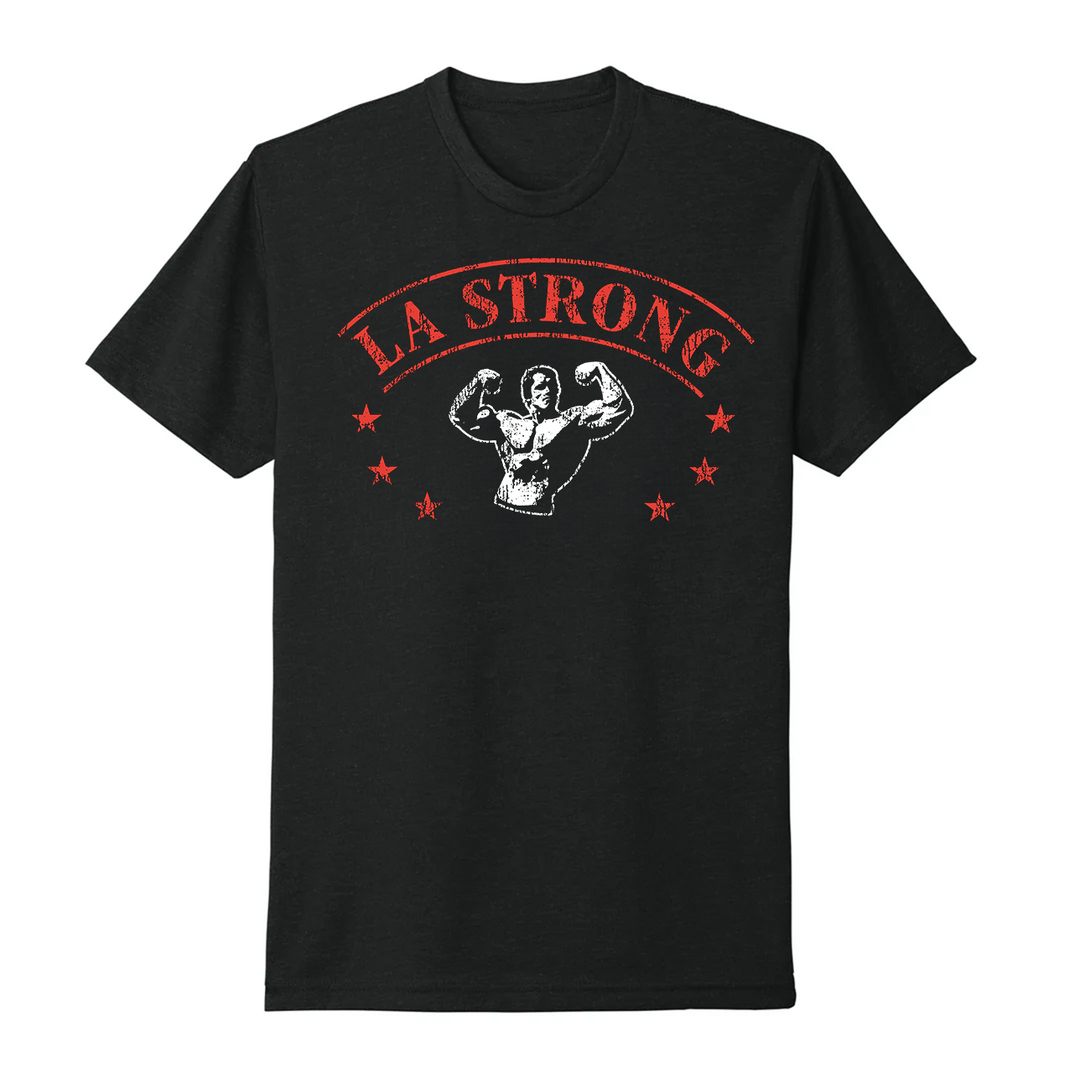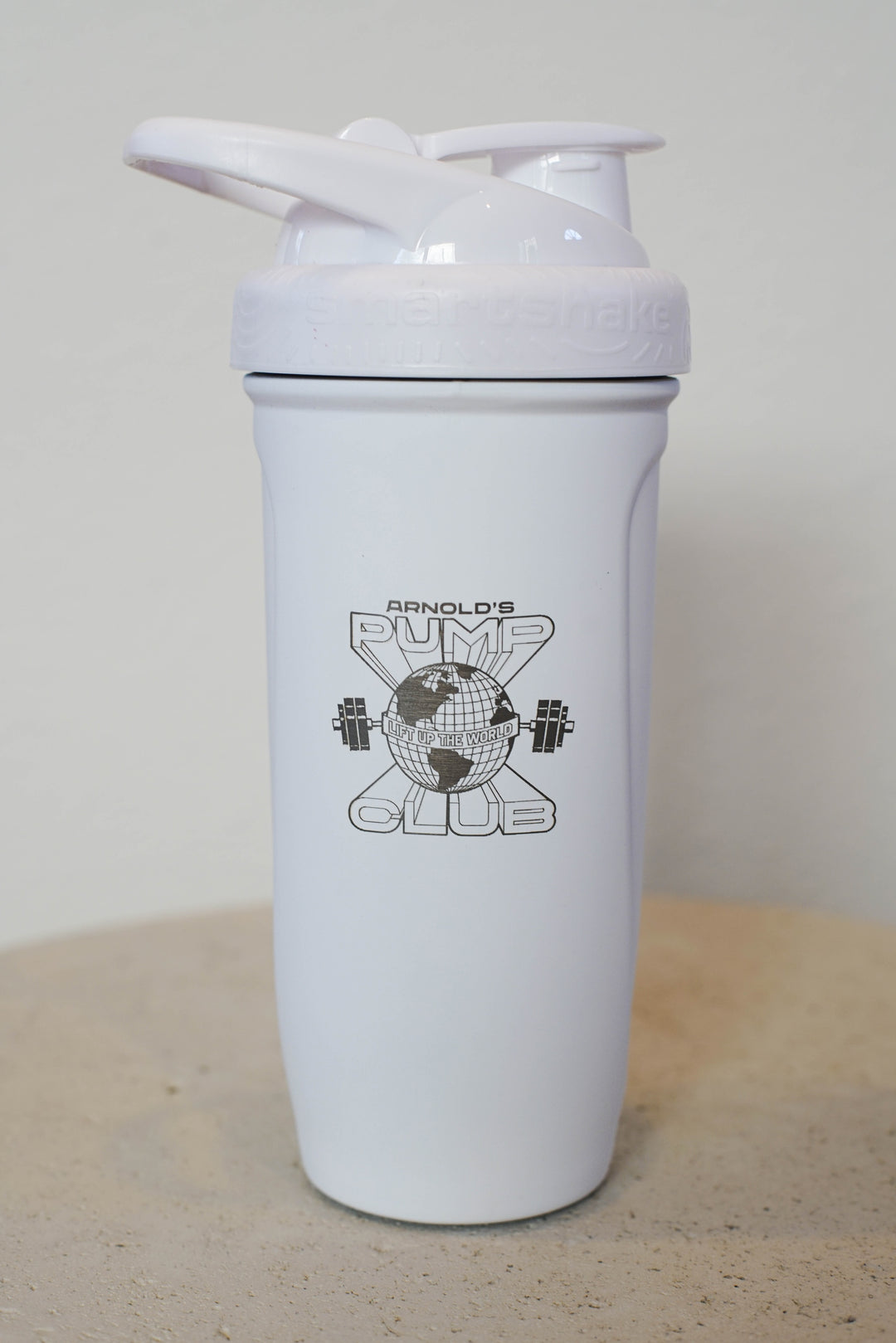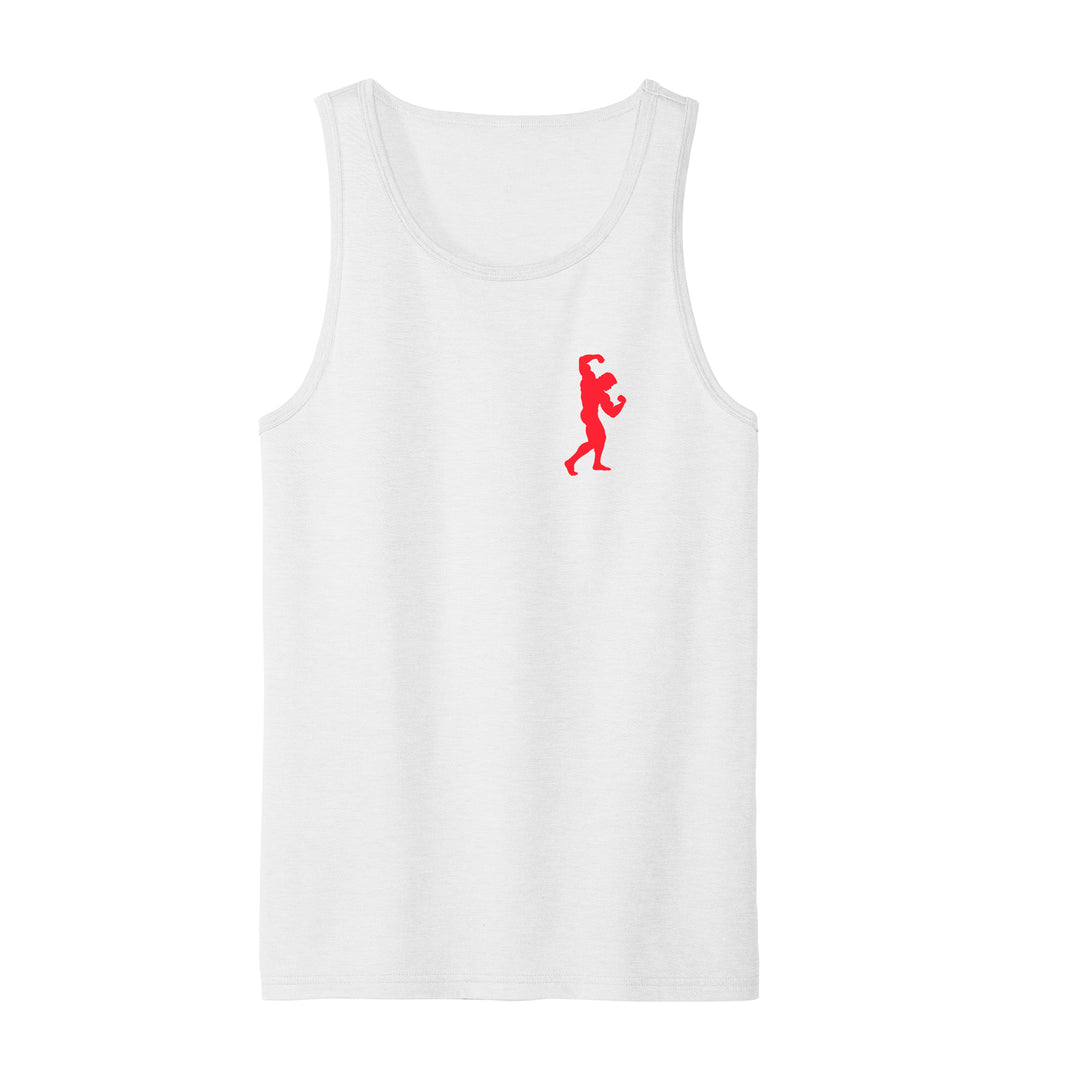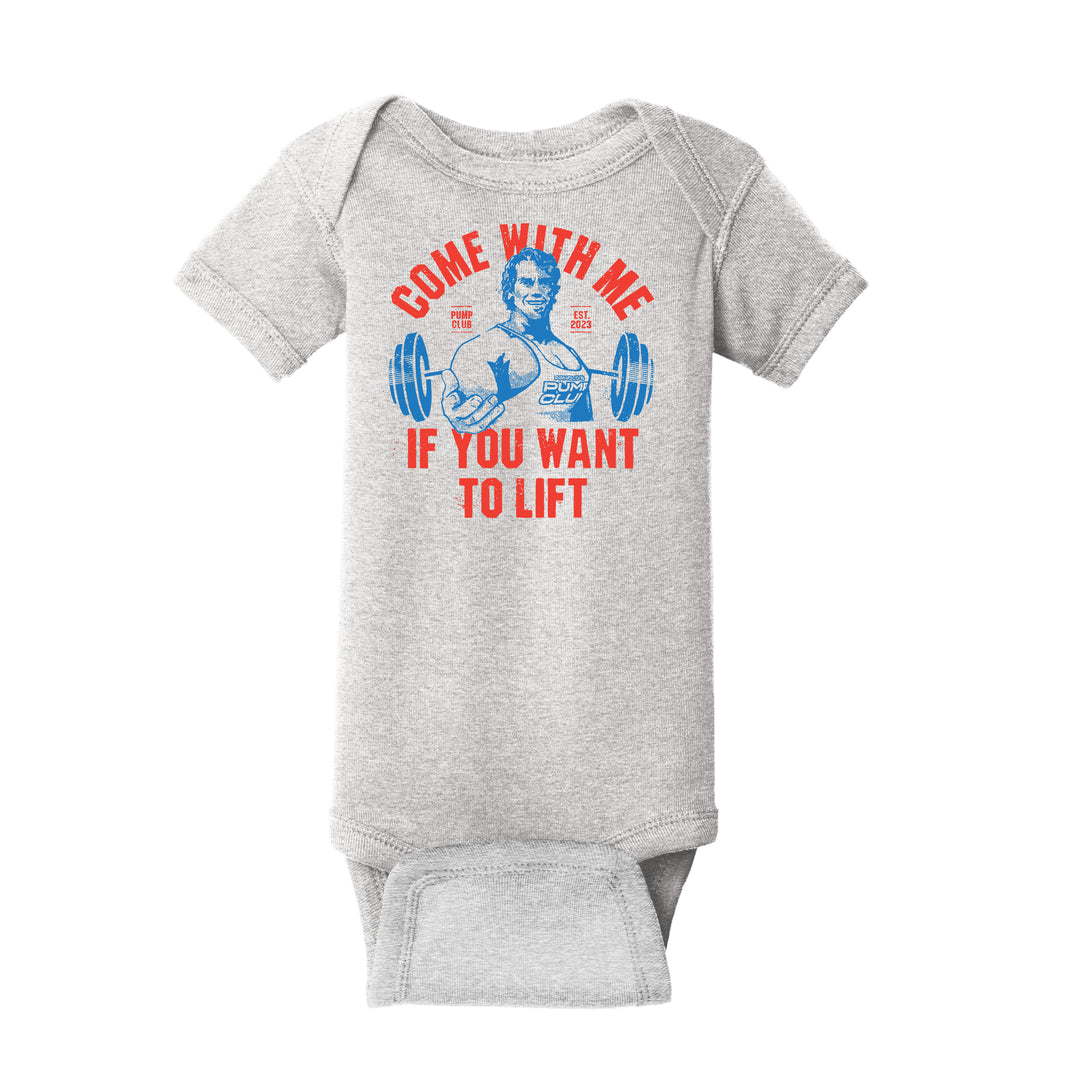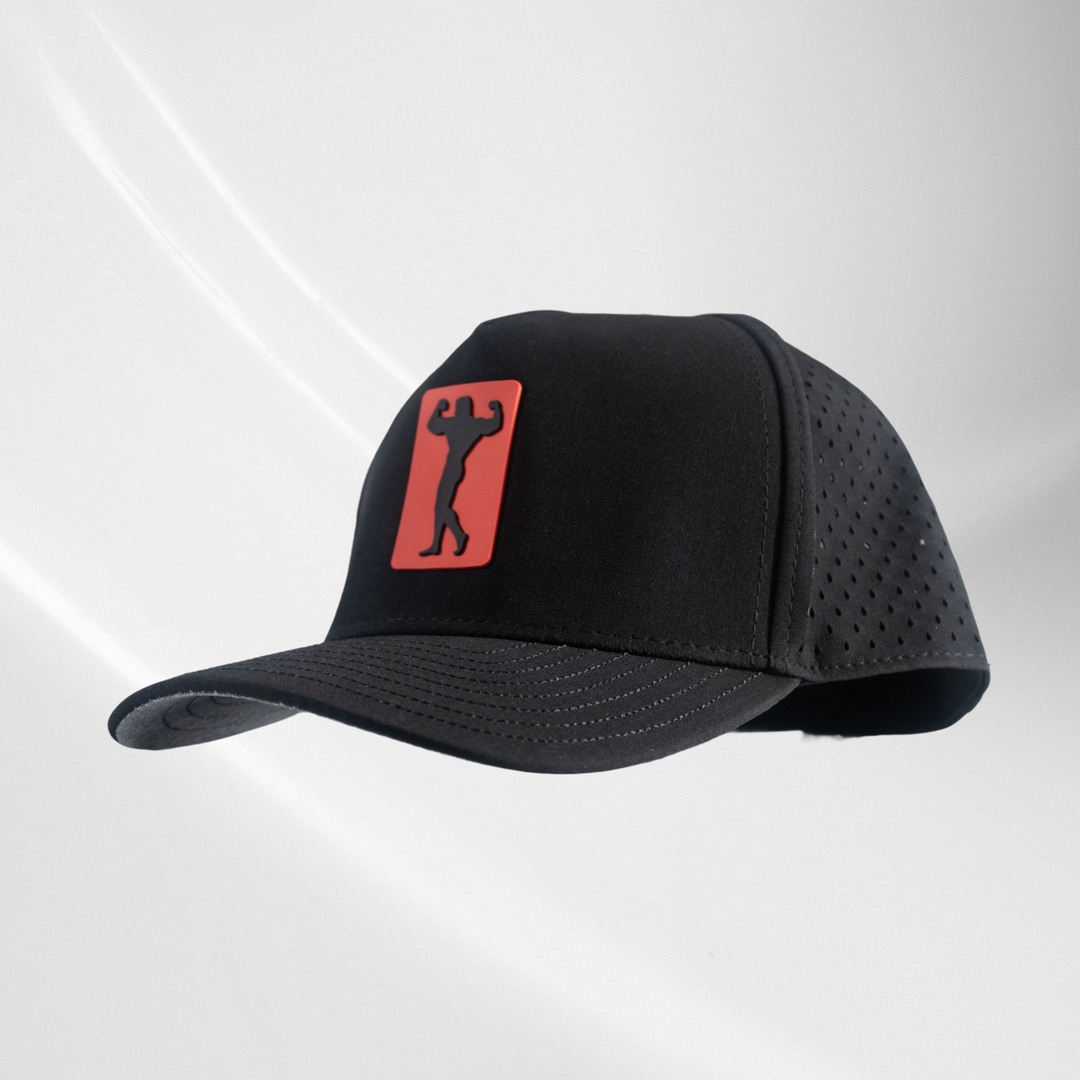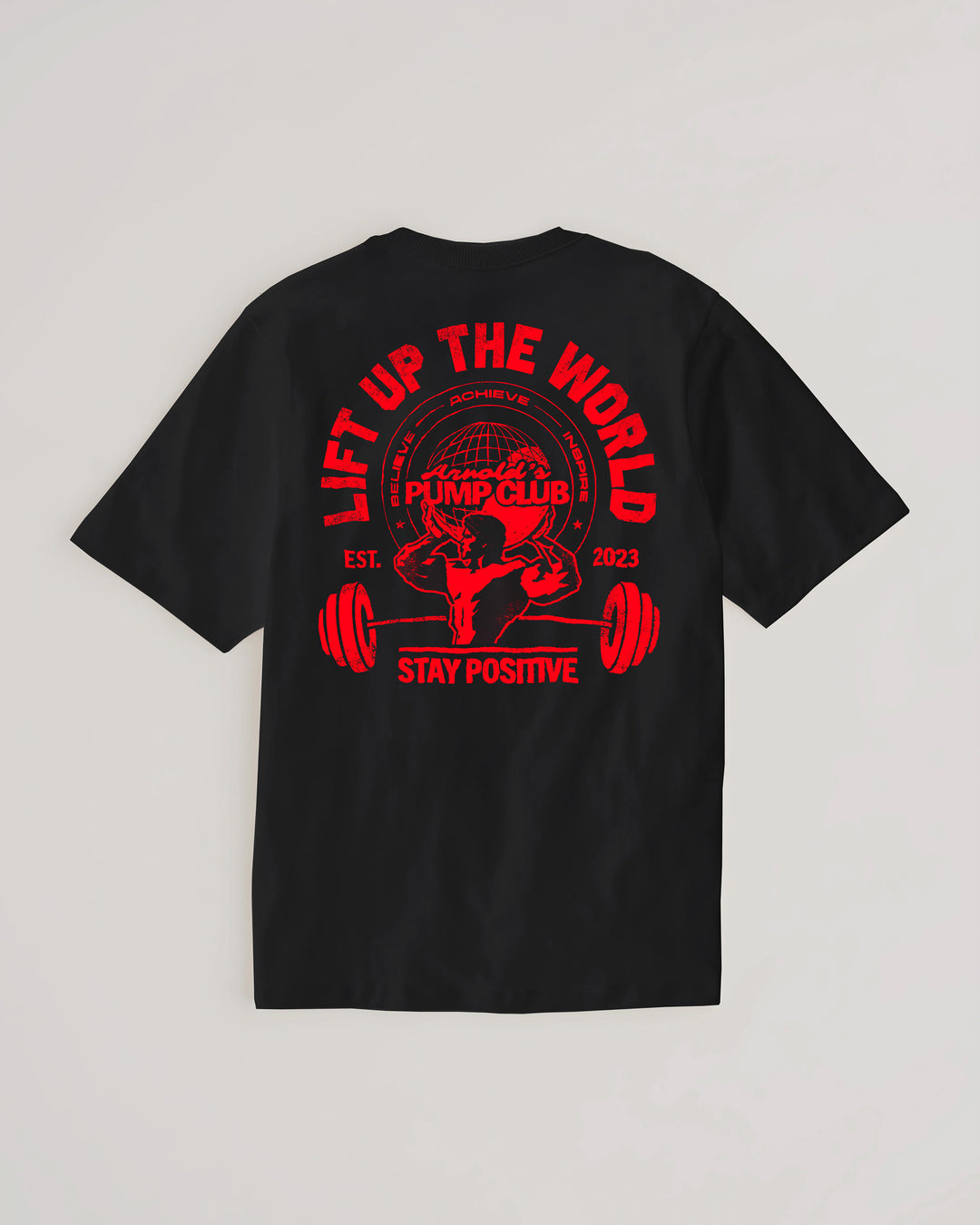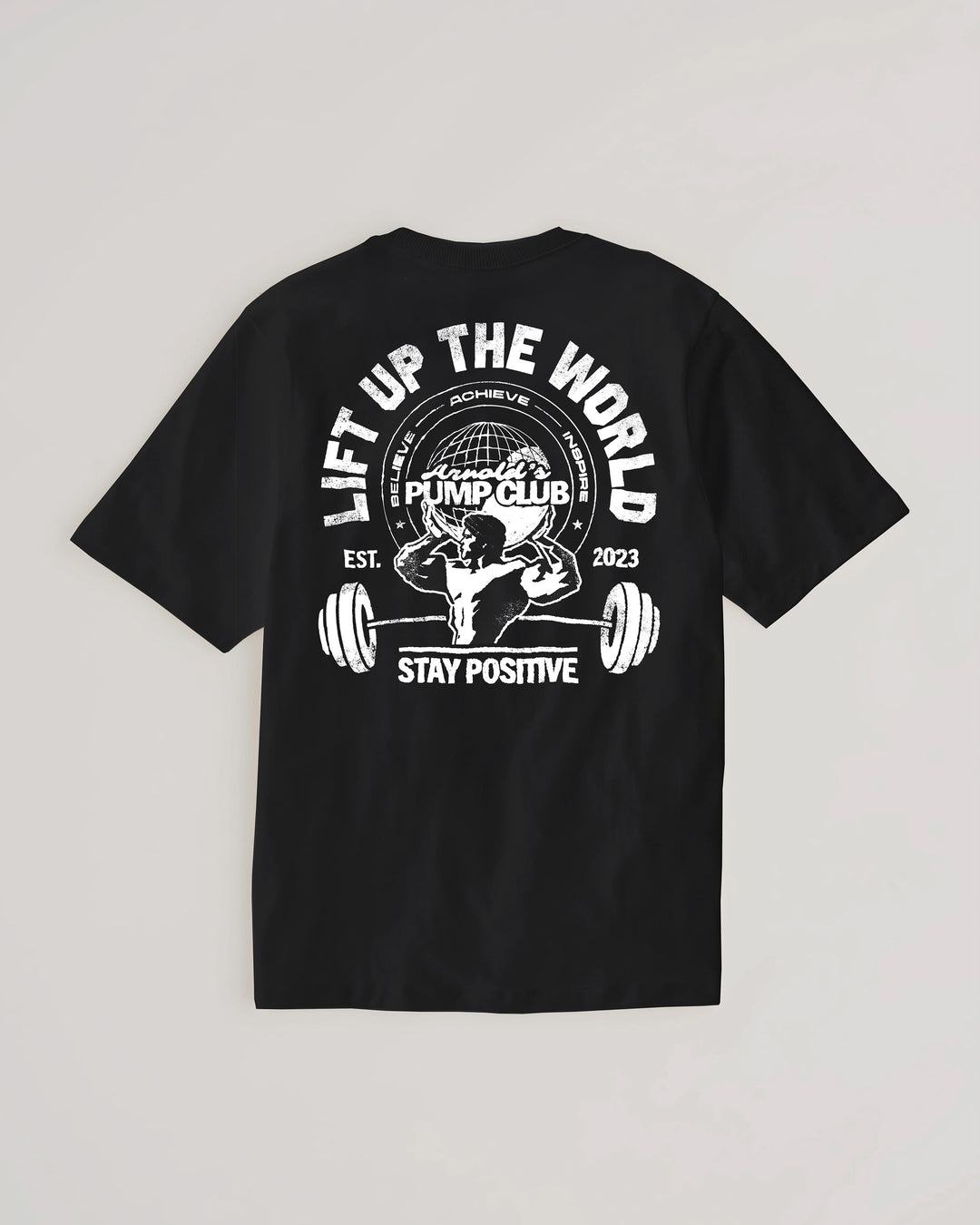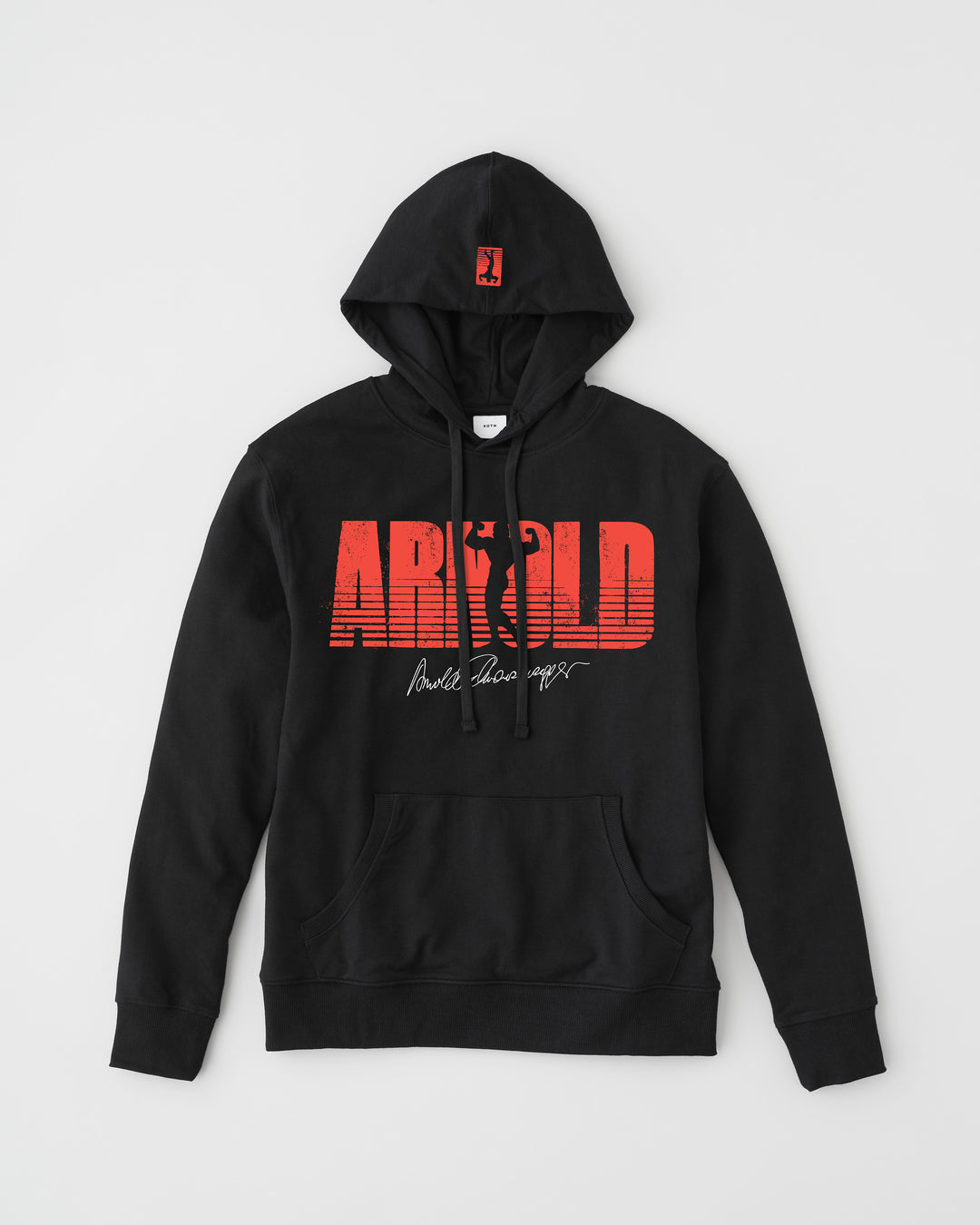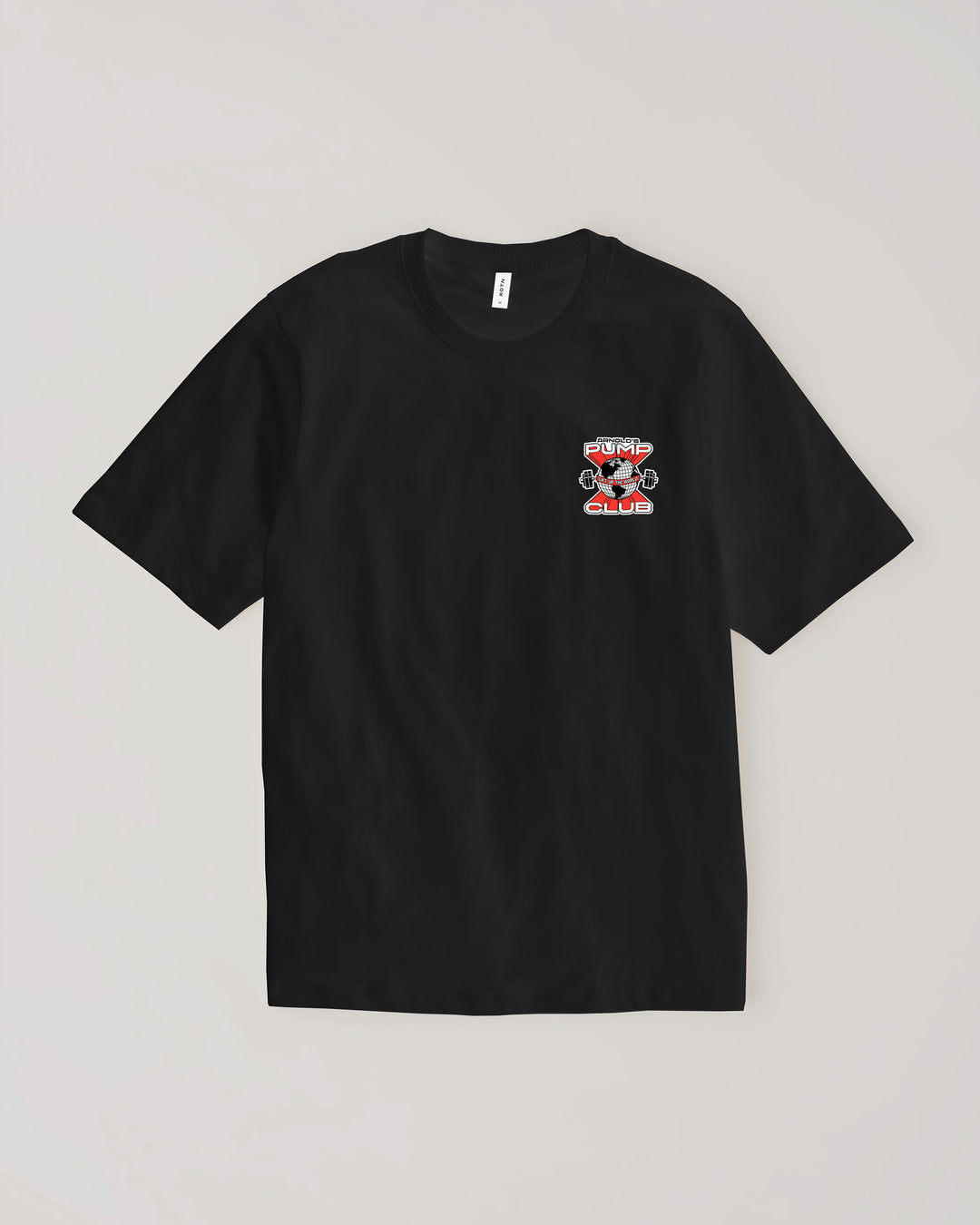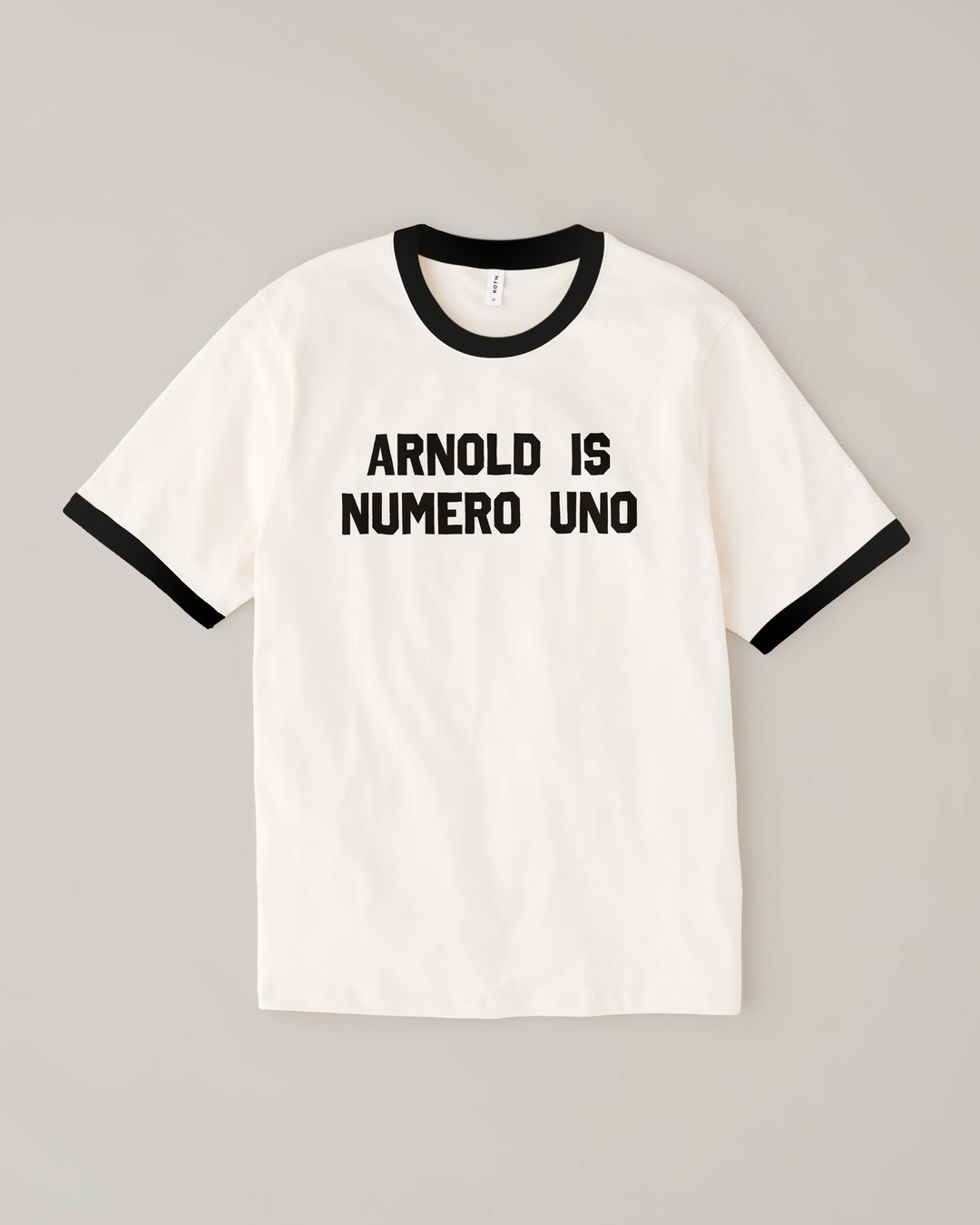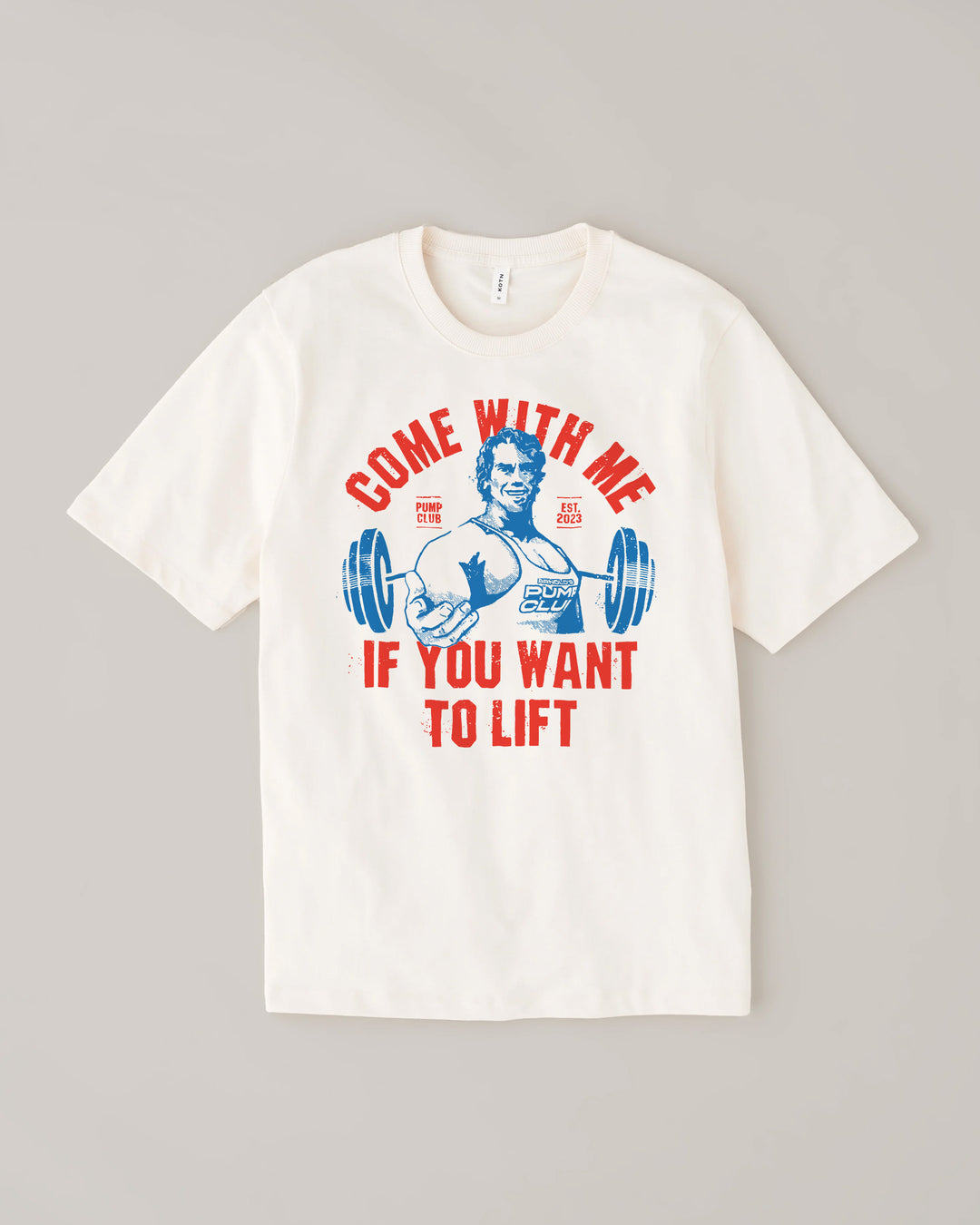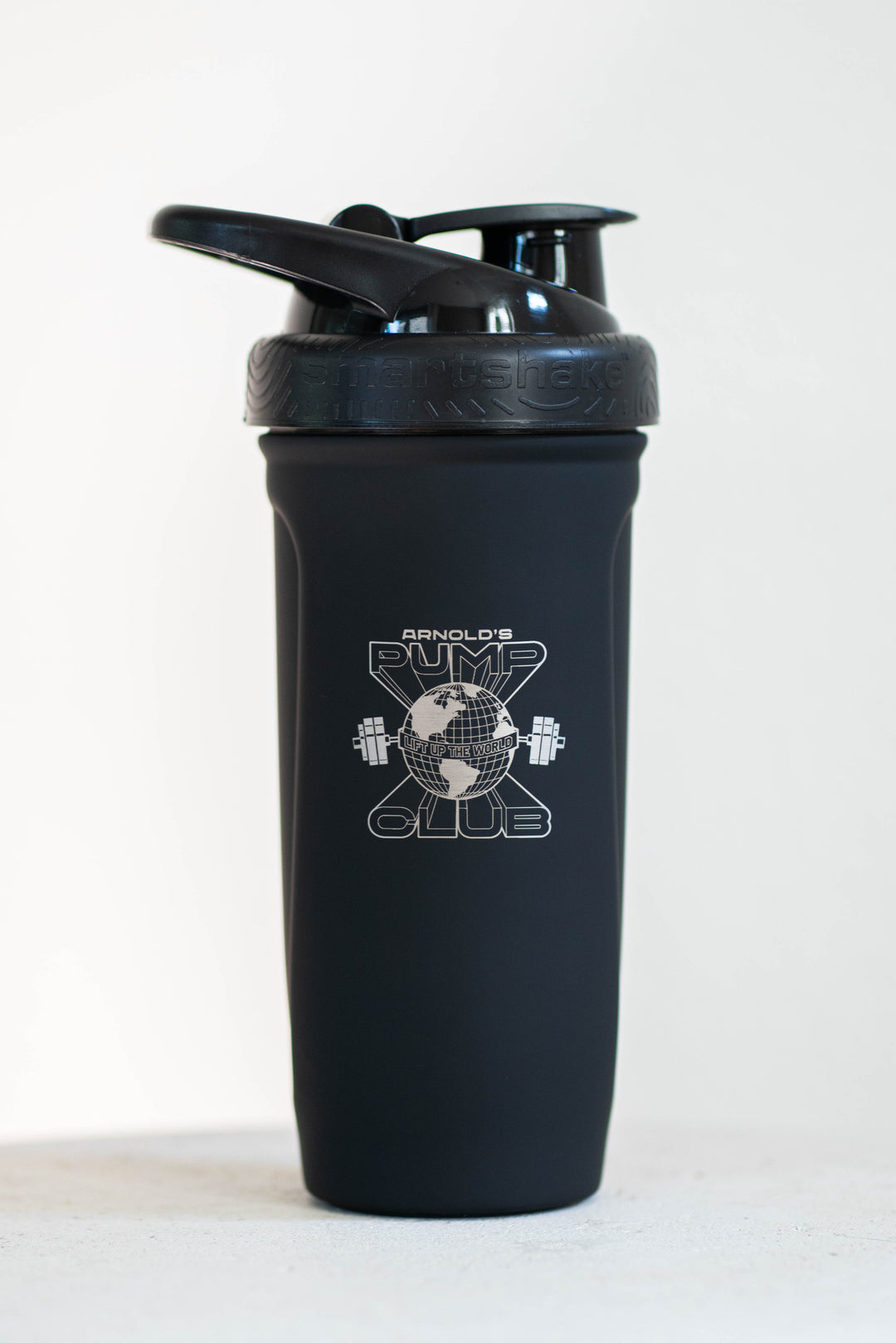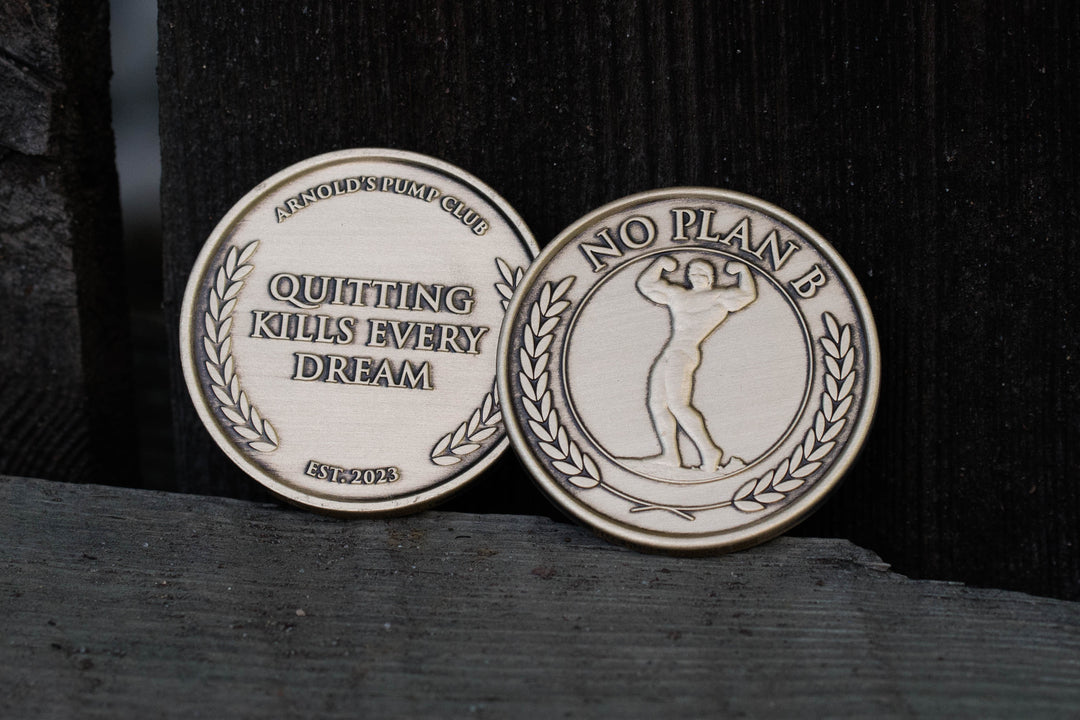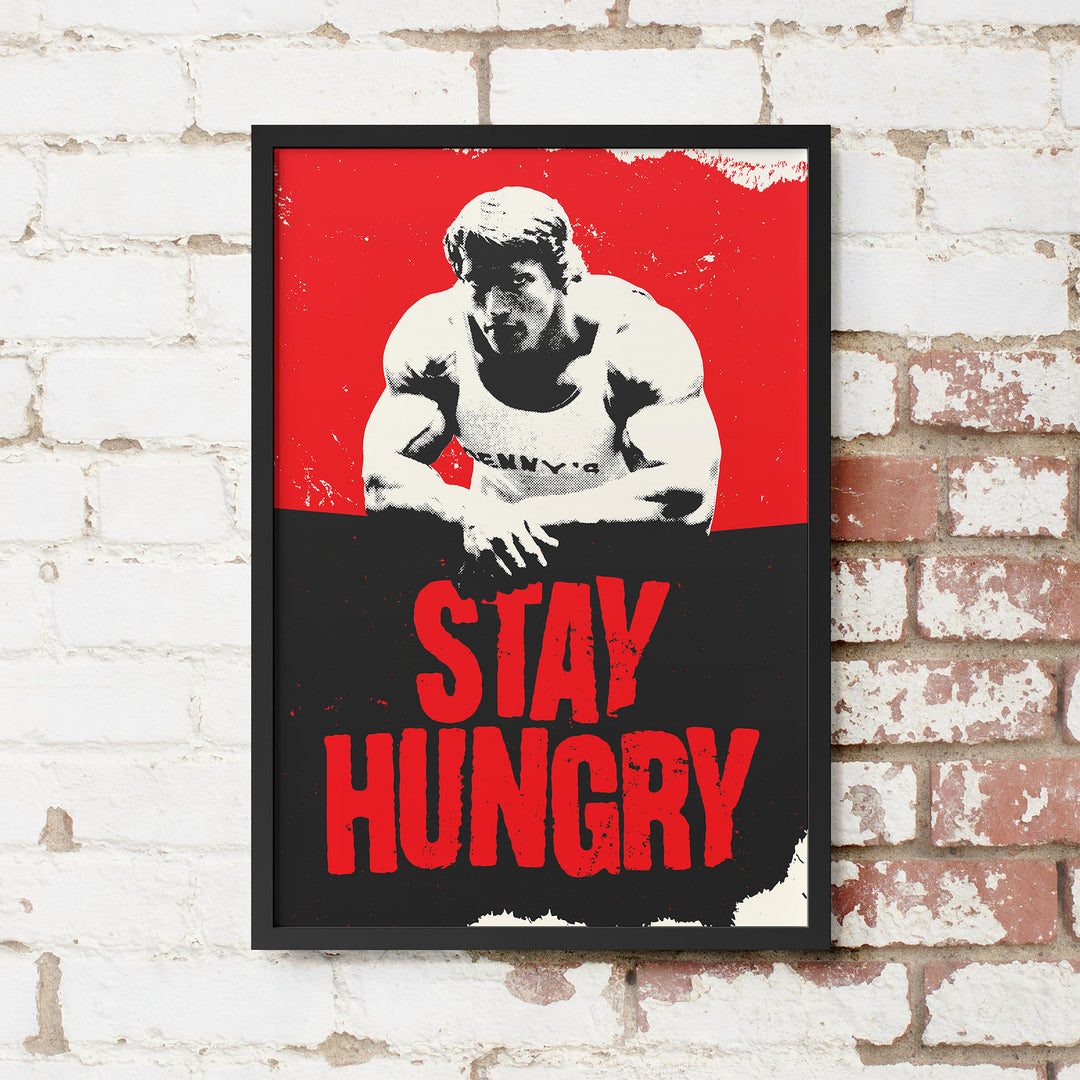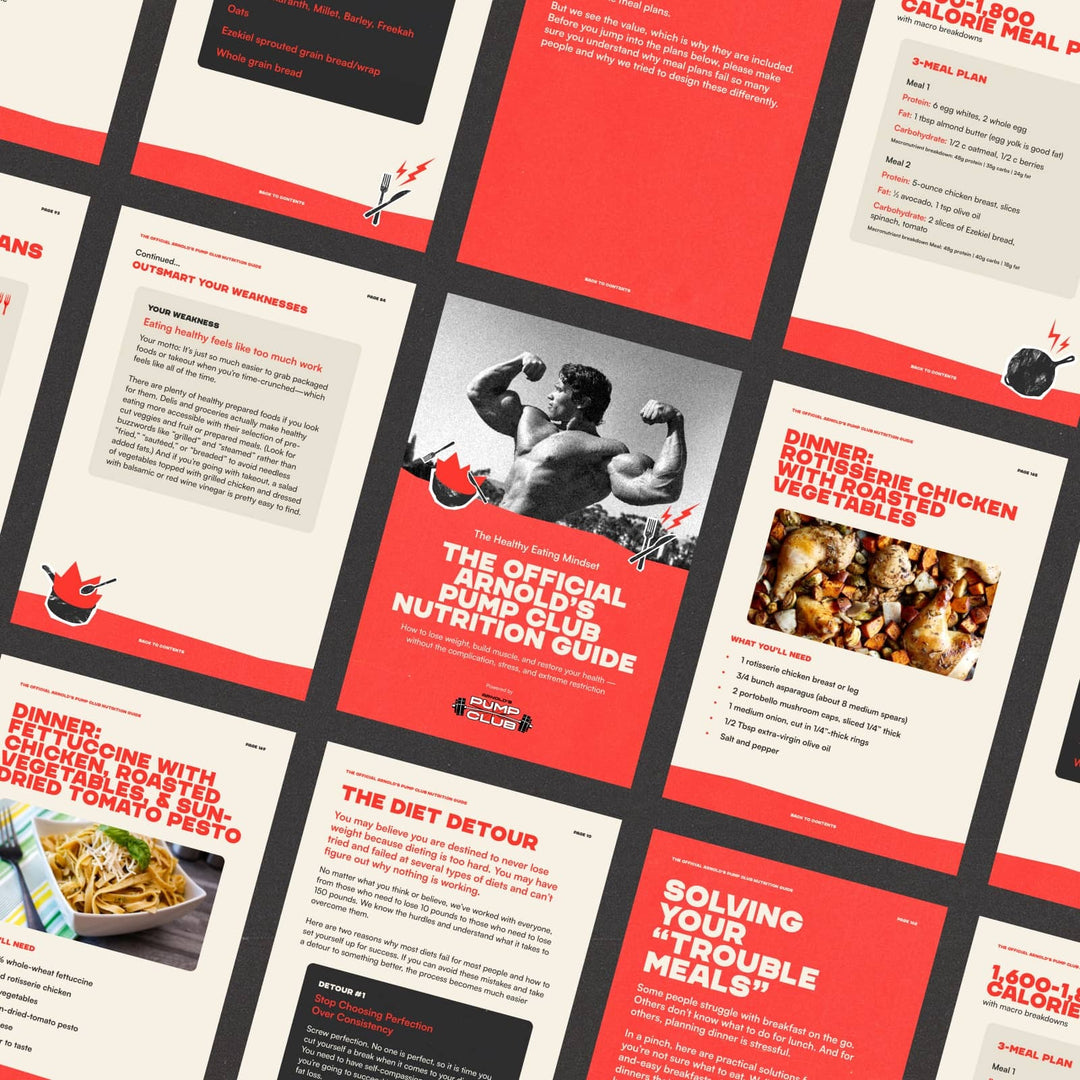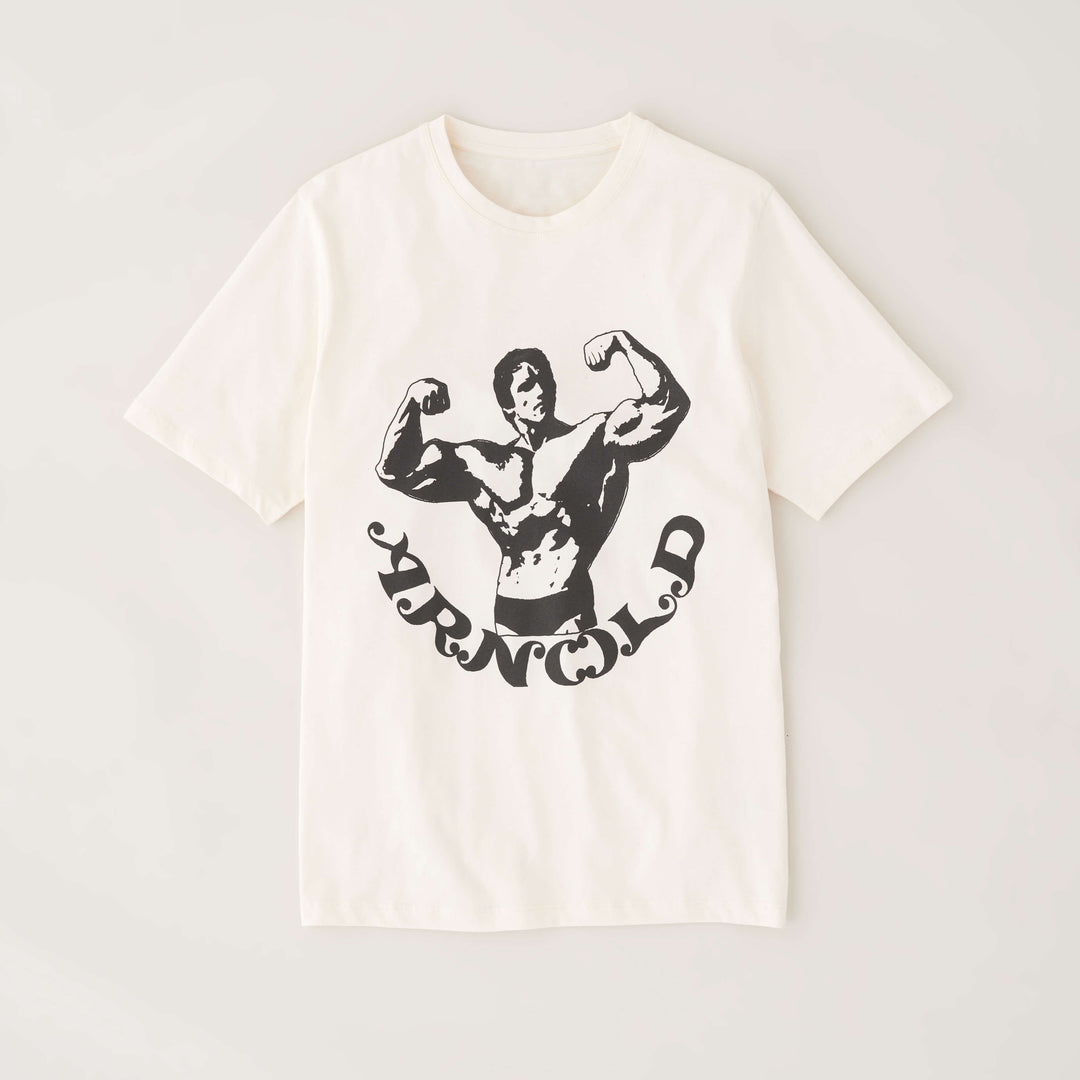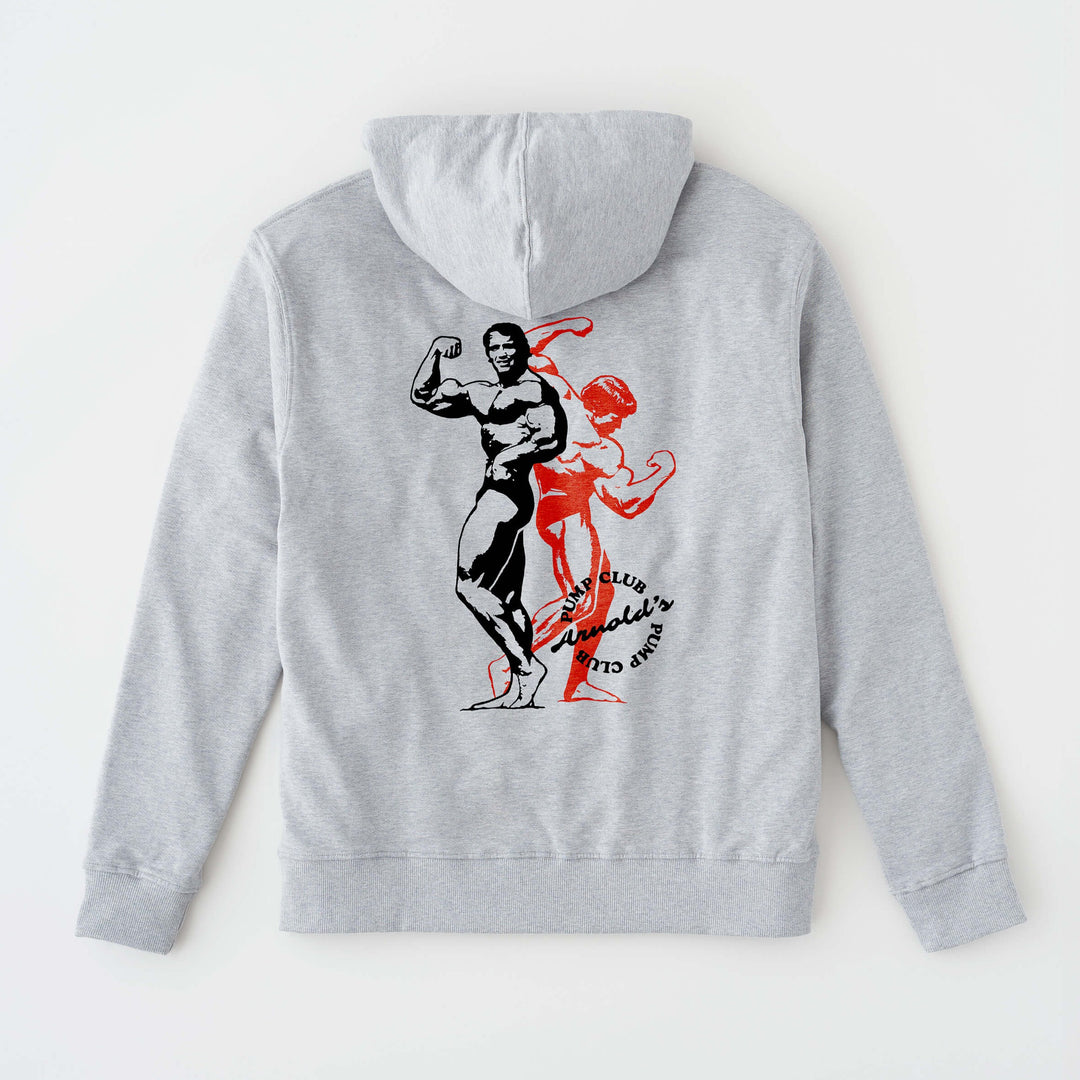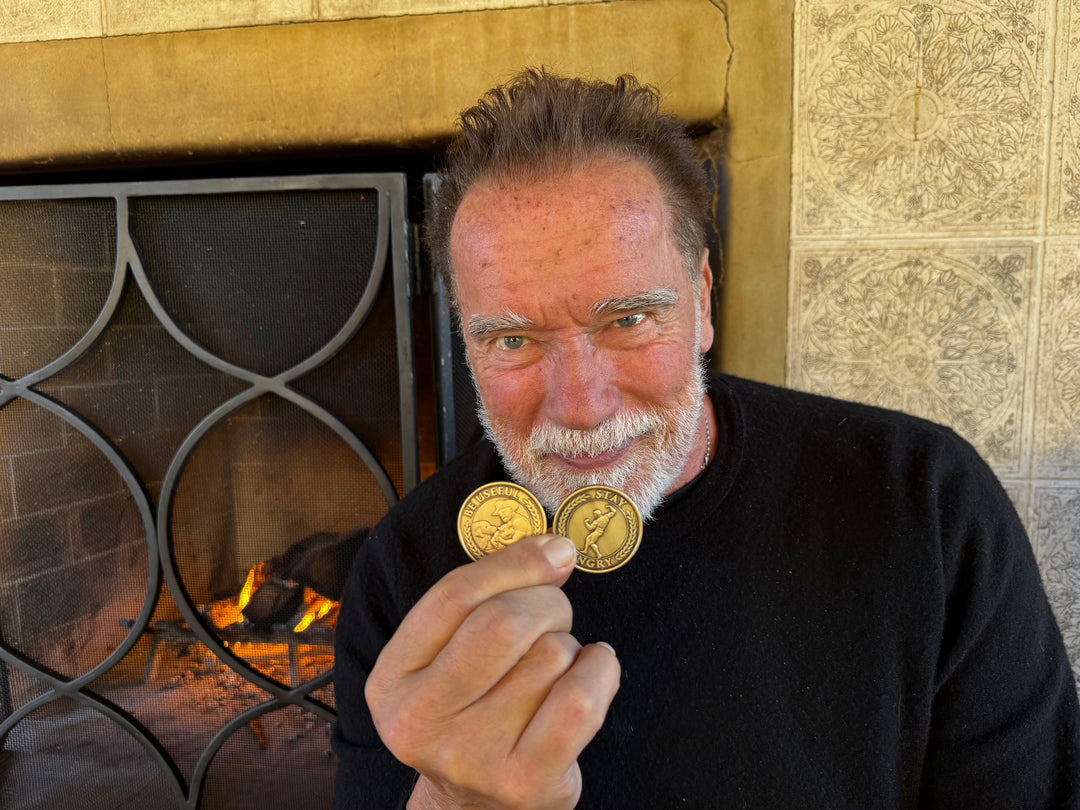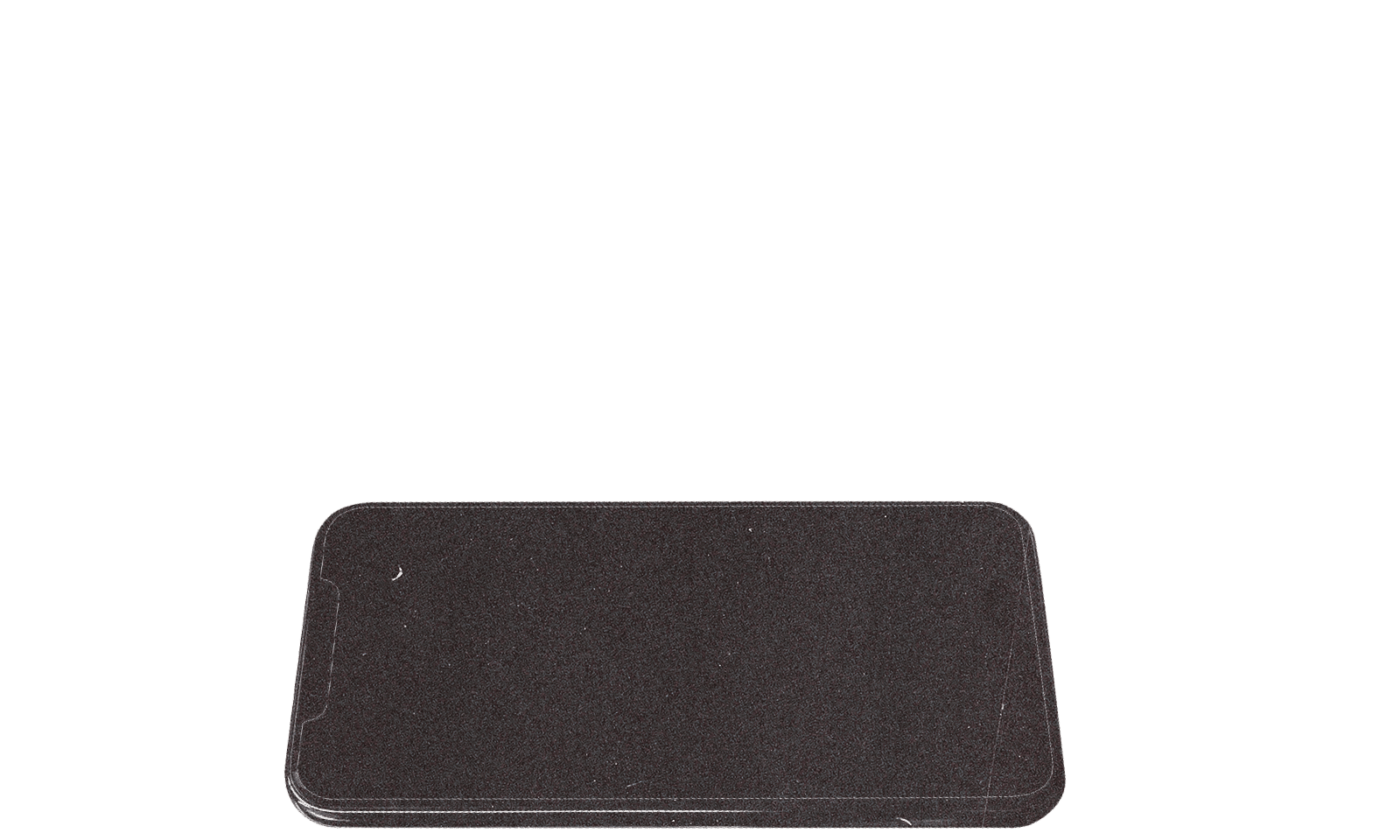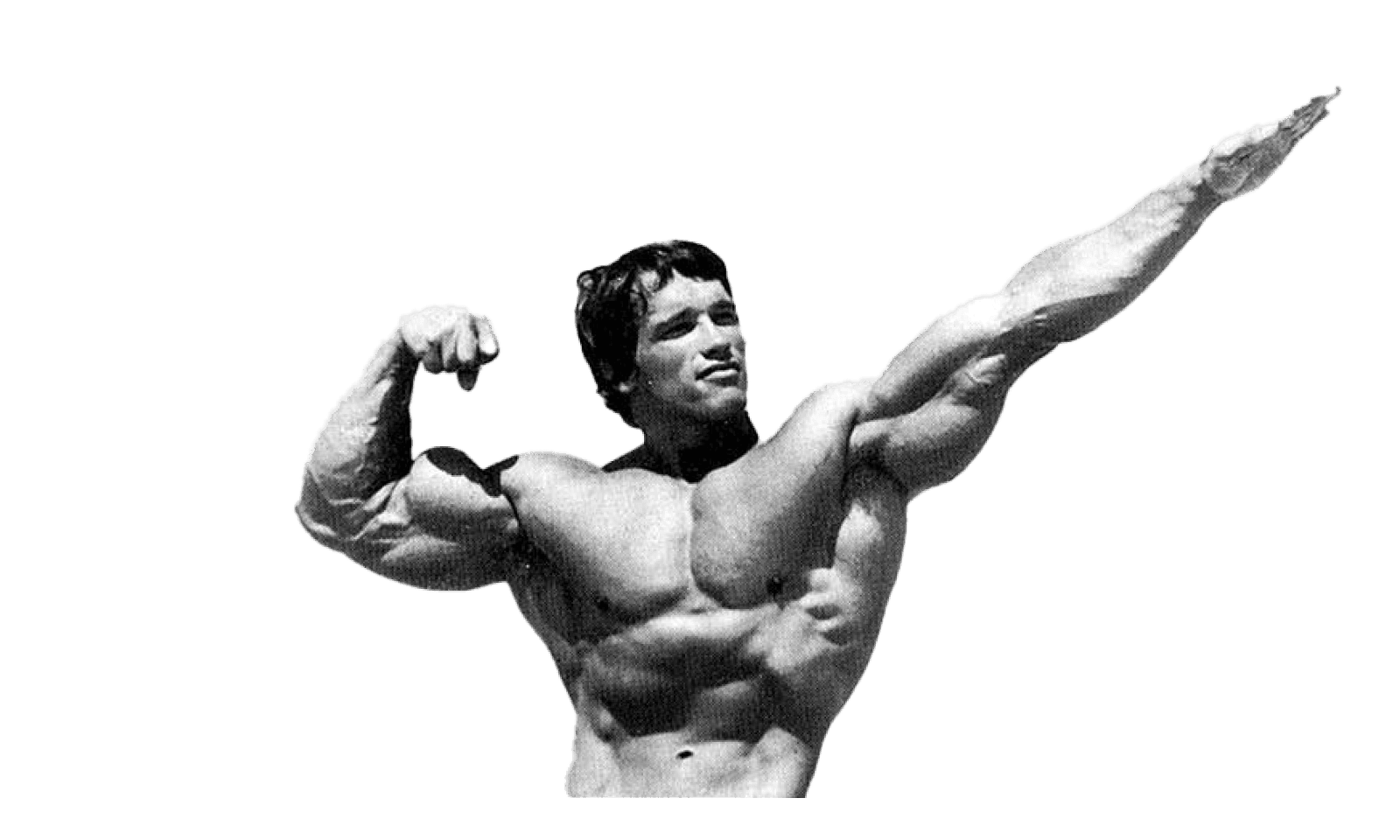Welcome to the positive corner of the internet. Every weekday, we make sense of the confusing world of wellness by analyzing the headlines, simplifying the latest research, and offering quick tips designed to make you healthier in less than 5 minutes. If you were forwarded this message, you can get the free daily email here.
Today’s Health Upgrade
Let’s talk about it
Cook like a pro
The overlooked sign of aging
Arnold’s Podcast
Want more stories from Arnold? Every day, Arnold’s Pump Club Podcast opens with a story, perspective, and wisdom from Arnold that you won’t find in the newsletter. And, you’ll hear a recap of the day’s items. You can subscribe on Apple, Spotify, Google, or wherever you listen to podcasts.
Mindset
Let’s Talk About It
The endless communication that is a part of life might be more than just a way to pass the time. As it turns out, you might just be a good talk away from a happier day.
Researchers found that having more meaningful conversations is associated with higher life satisfaction.
Scientists analyzed data from participants who recorded their interactions, allowing researchers to quantify the amount of talking and the depth of discussions. The conversations were categorized by type (small talk or meaningful interactions) and compared to self-reported life satisfaction scores.
Participants who engaged in more meaningful conversations (beyond surface-level small talk) reported significantly higher levels of life happiness and fulfillment. And people who engaged in more frequent discussions — even lighthearted ones — also showed higher life satisfaction compared to those with fewer social interactions.
If you’re not going deeper with your friends because you believe they are uninterested, that’s likely a faulty belief. Research has found that most people underestimate how much others want deep conversations and are willing to listen.
This isn’t to say you need to avoid “small talk.” The study found that it helps maintain social bonds, but it isn’t enough to drive significant happiness.
The study underscores the importance of connection. It’s not just about talking more; it’s about engaging meaningfully with others, which means taking an interest in them. In a world where casual conversation often happens over texts or social media, prioritizing deeper, face-to-face discussions can make a tangible difference in how satisfied we feel.
Together With HexClad
Cook Like A Pro
If a trained chef could select your cookware, what would they recommend?
As we’ve mentioned over the past few weeks, cooking at home is one of the most powerful habits to build—and the right cookware can help make your meals more delicious and your cleanup less of a headache.
We interviewed some of our favorite chefs to help understand the differences between the different cookware options.
Stainless steel pans are beloved for their durability, quick heating, and ease of maintenance. They’re fantastic for browning and searing, heating up quickly and evenly. Plus, stainless steel is lightweight compared to cast iron, making it easy to handle in busy kitchens. If you want a pan that’s low-maintenance and dishwasher-safe, stainless steel is a great choice.
Cast iron pans, on the other hand, offer superior heat retention and a naturally non-stick surface when seasoned well. They’re perfect for slow cooking or any recipe that benefits from steady, even heat. However, cast iron is heavy and requires regular seasoning — applying a thin layer of fat to the surface of a pan and heating it to create a protective, non-stick coating — which can add some upkeep.
Nonstick pans are one of the most popular because they offer faster cleanup. But non-stick coatings can wear down quickly and aren’t always safe with high heat or metal utensils.
In a dream world, you could have different pans for different needs. While stainless steel cookware is the most prized and frequently sought-after by professional chefs and those who love to cook at home, cast iron and non-stick tend to do the job for the needs with more basic cooking skills.
Or — you can pick a third option and buy a hybrid pan.
HexClad combines the durability of cast iron, the performance of stainless steel, and the ease of non-stick into a do-it-all pan. The secret sauce of HexClad's patented hybrid technology is in the makeup of its surface — steel hexagon peaks provide a durable surface with even heat distribution and incredible searing power. Protected between the steel hexagon peaks are ceramic nonstick valleys free from forever chemicals. Stainless steel 🤝Nonstick — perfect for ribeye, scrambled eggs, and everything in between.
For a limited time, you can get 20% OFF HexClad cookware, including our favorite, the 12-piece set (your savings will be automatically applied at checkout).
Use this link to access this special deal and upgrade your meal prep with cookware that offers three pans in one, allowing you to get a restaurant-quality sear with a non-stick surface.
Longevity
The Overlooked Sign of Aging
When we think about longevity, strength, VO2 max, and social connection are all good indicators of how well you’ll age. But there’s another variable that you’re likely forgetting that can also help you feel younger.
Losing your muscular power is a sign of aging that can result in a shorter lifespan.
Your power — which measures how much force you create and how quickly you can get your muscles to work — isn’t just a sign of high performance; it’s essential to maintaining strength, stability, and quality of life as you age.
It’s not just that power is associated with staying more physically active — it appears to decrease faster than the other signs of aging.
On average, unless you take measures to slow your decline, you lose about .5 to 1 percent of your muscle mass and strength after age 40. Comparatively, your power can decrease by as much as 4 percent per year.
That’s why scientists recently studied why peak power of the knee extensors—the muscles that help us stand, walk, and climb—declines with age in both men and women.
Here’s what made the study so interesting: the scientists compared power in both young and old adults, measuring the power in their quadriceps and how much their brain and nervous system contributed to power (compared to muscles).
Even in the oldest participants, the brain and nervous system could still send a youthful, strong signal to the muscles, but the muscles could no longer contract powerfully.
While there are many potential reasons for this decline, the researchers believe the most likely cause is that your fast-twitch muscle fibers decline faster than slow-twitch fibers, ultimately weakening you.
Like most things in life, if you want to avoid an undesired outcome, you must do something about it. You can help develop power in three ways and hold onto as many fast-twitch fibers as possible.
How To Improve Power
Do Explosive Activities: We tend to slow down because we stop moving quickly. Adding exercises like jumps (think plyometrics) and sprints can help maintain your explosiveness, which is the “speed” part that helps you generate power.
Go Heavy: You can build muscle with heavy or lighter weights if you push near failure and chase the hard reps. But, if you want to keep your power, heavier weights recruit more of your fast-twitch fibers immediately before fatigue kicks in. Focusing on exercises where you perform 3 to 7 reps can help you maintain more power.
Lift Faster: But it’s not just “go heavy or go home.” Power is about strength and speed, so it helps to train your muscles to fire faster by using lighter weights that you move as quickly as possible. Research suggests you can build peak power using approximately 30 to 60 percent of your 1-rep max and performing explosive reps.
—
Publisher: Arnold Schwarzenegger
Editors-in-chief: Adam Bornstein and Daniel Ketchell




